Sannio street in Rome – Evolution of one local small curious & vintage market
Luciano is my name, and I live in Italy, Rome, where I was born.
I have been shooting since childhood because my father loved it too, then he was my first teacher. As my school education, I like Lines & Lights, how they play with the shapes so: mainly buildings, but landscapes too, still life and so on. I actually use the camera as a notepad, and I really enjoy doing that.
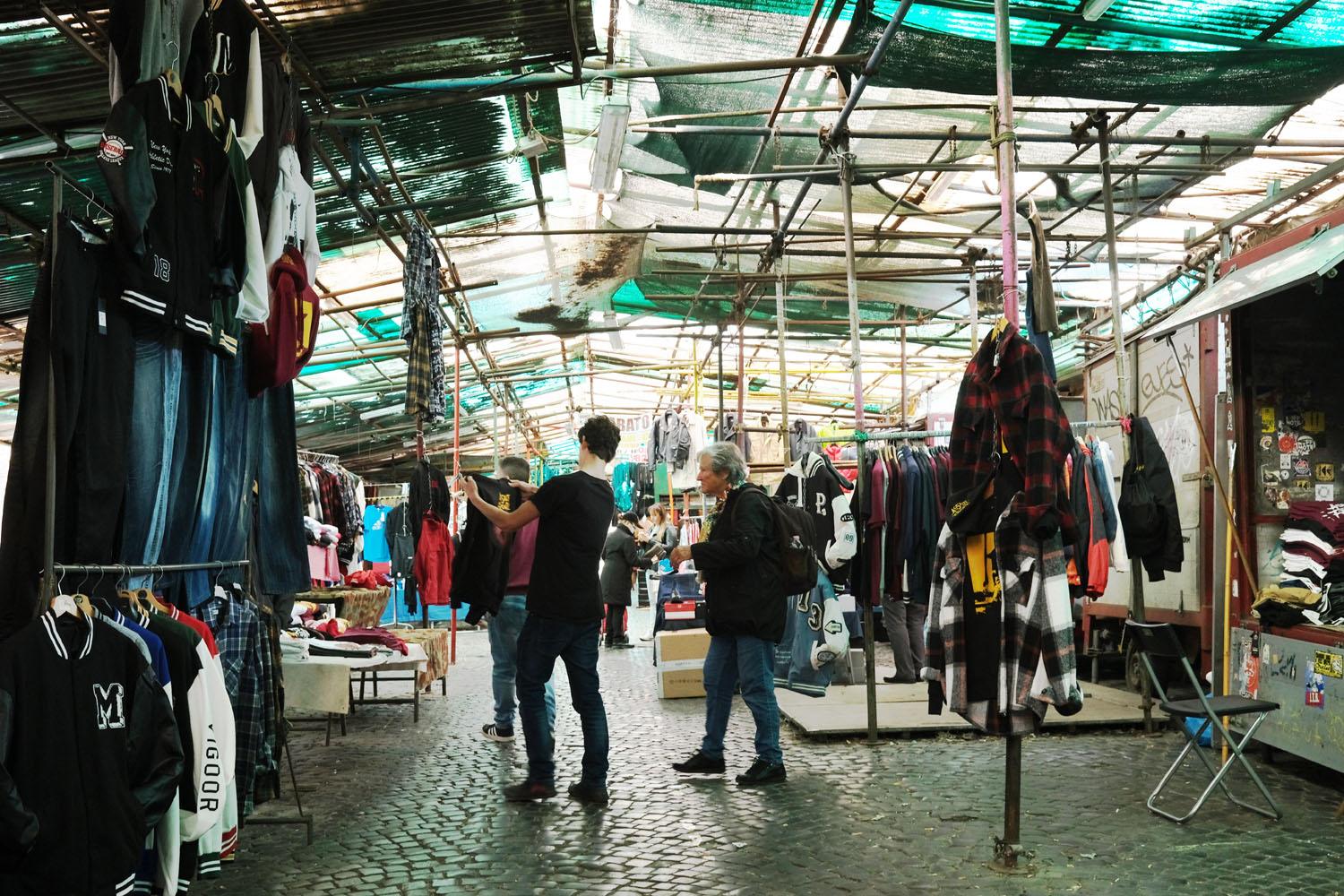
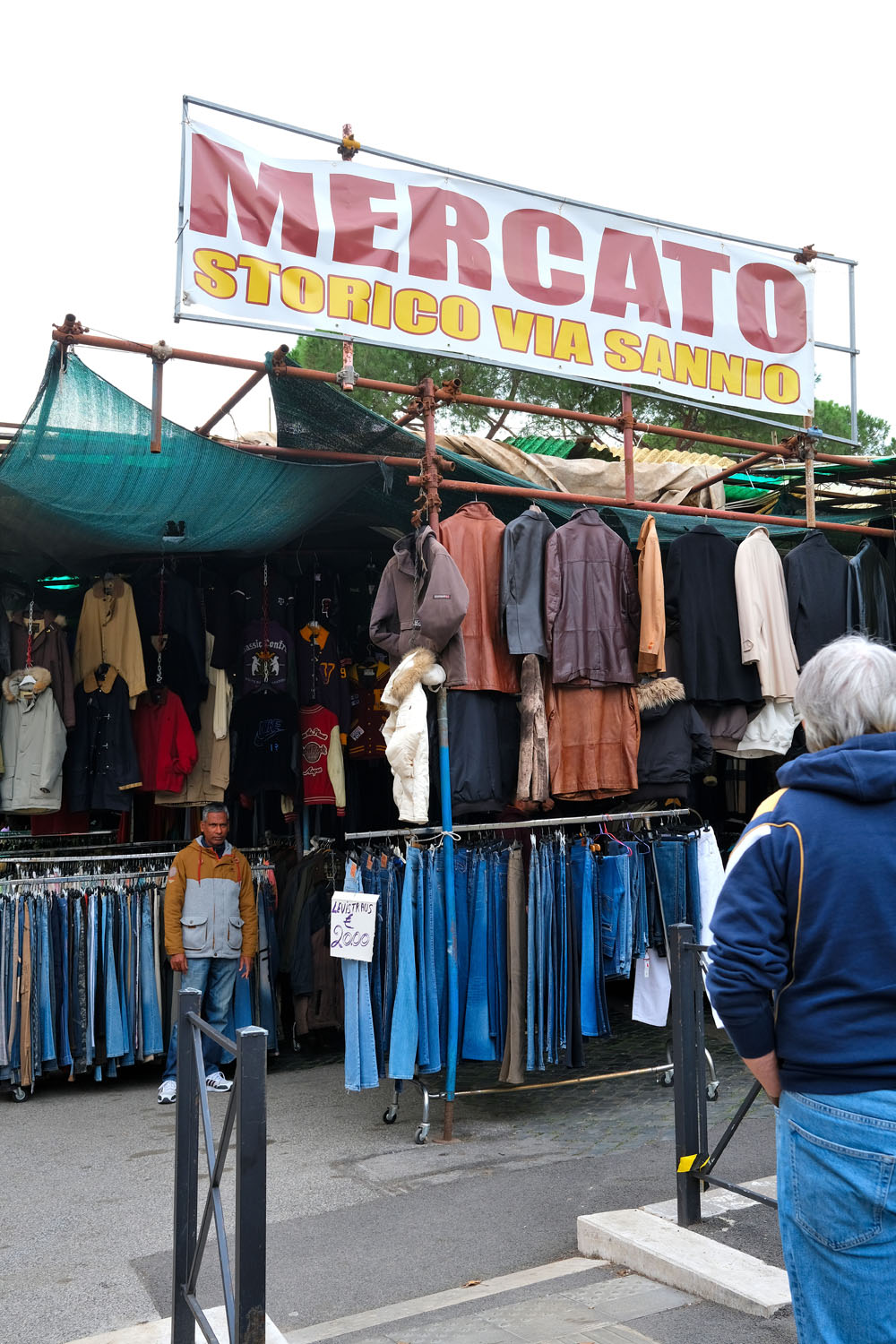

RIGHT: Fuji X100V . f/5.6 . 1/150″ . ISO 250
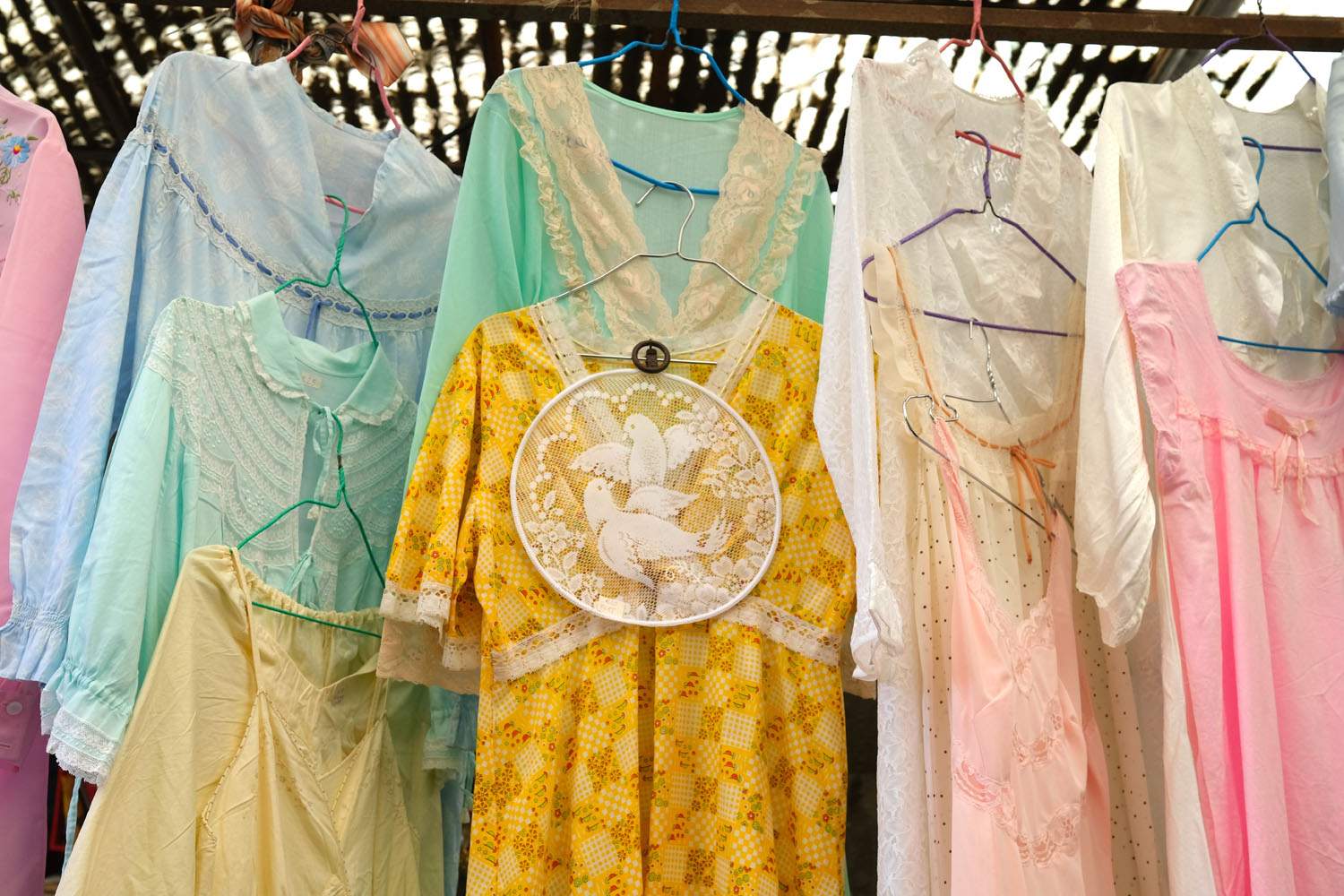
After pandemic segregation, we all re-started to meet people, then markets are quite the best sites to visit. Folk or mall markets are since ever the first locations where people could meet themselves: to buy, to talk, to stroll or wander. Using with some care when too crowded because are “pandemic times”.
In Rome, like anywhere, there are many markets, more or less large and old.
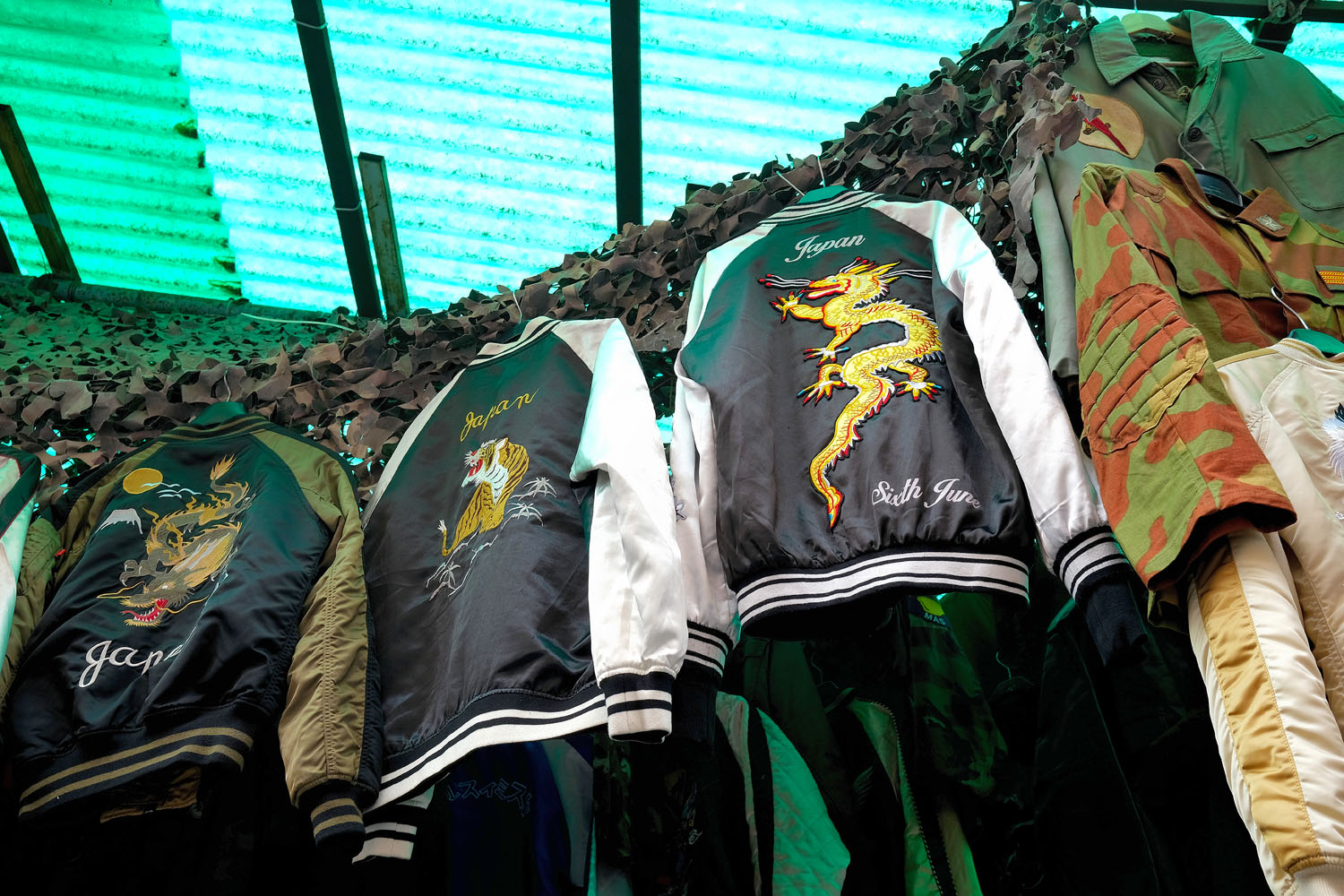
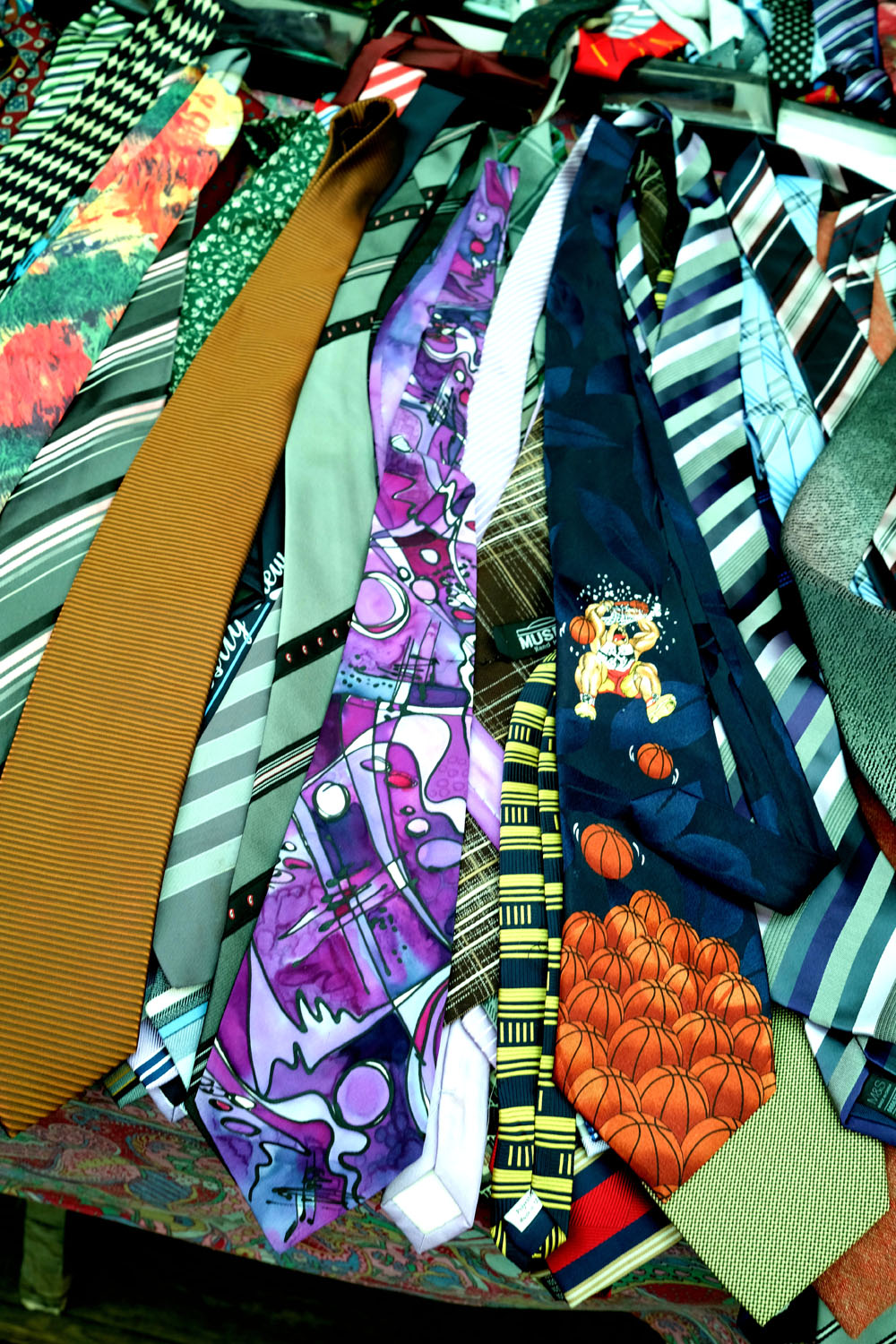
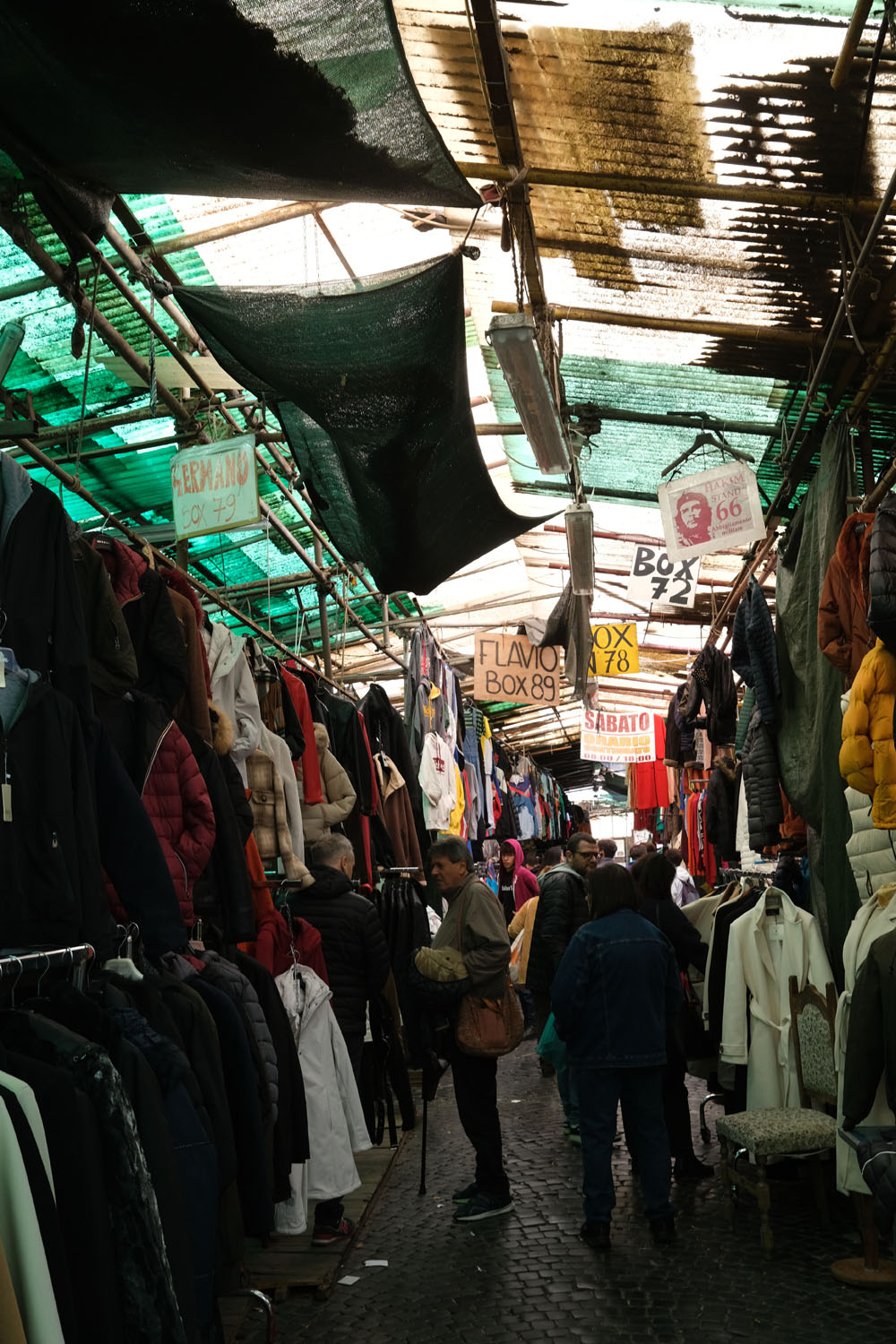
RIGHT: Fuji X100V . f/5.6 . 1/60″ . ISO 640
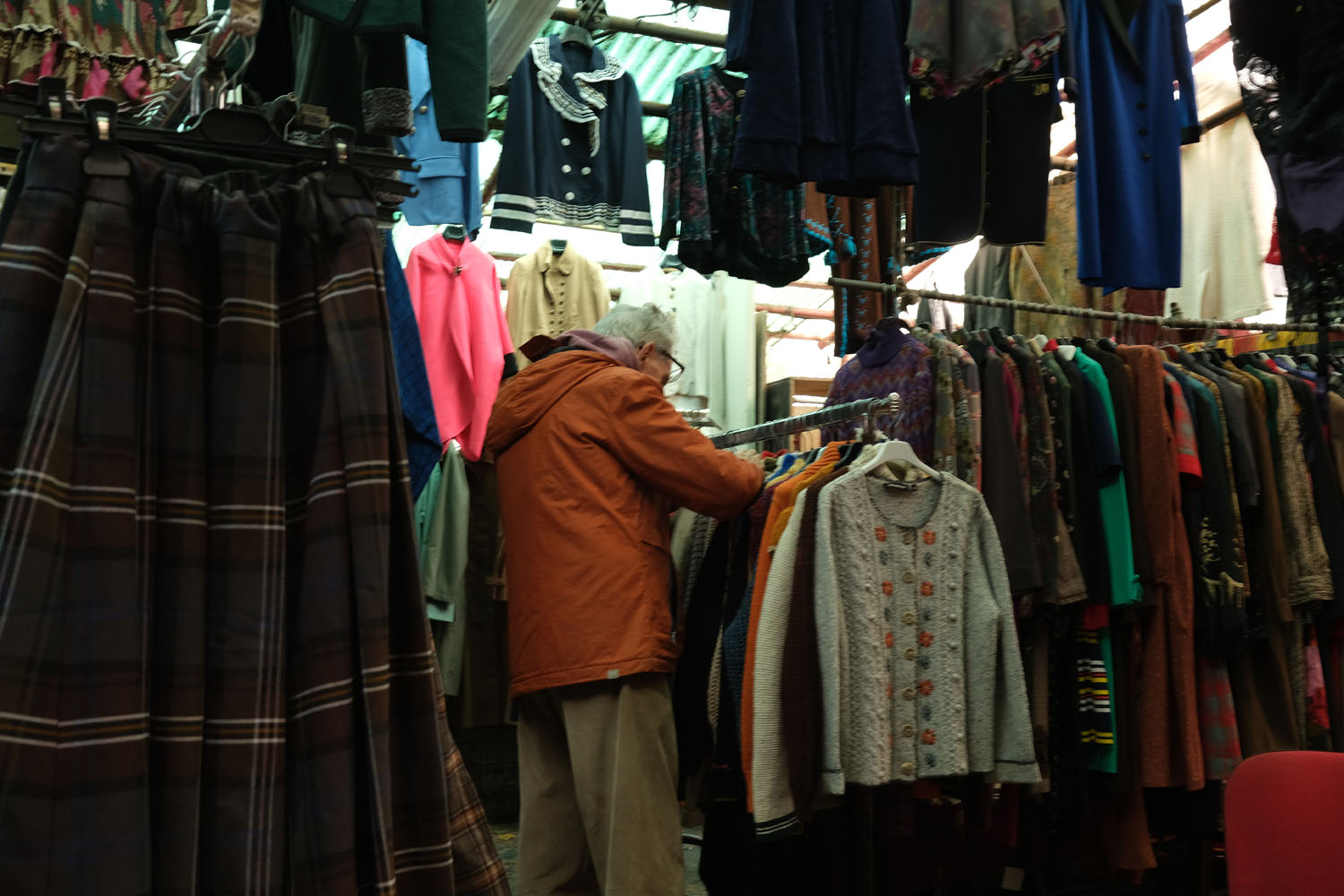
Porta Portese is the largest and most famous folk market, but there are also some other smaller ones around. Interestingly, markets often have a core themselves, a market in the larger market then. And all of them have their own history that spans 50-70 years for most of them.
As aftermath of II World War until 70’s, a lot of people move across Italy, typically from South to North and from country to city, after those years, the inner moving declined and increased incoming from abroad. These people take themselves a myriad of different things that comes from everywhere to make small businesses. Spontaneous sellers come with a simple linen layered on the road using it to set goods on, while others got large tables sheltered by sturdy large umbrellas. Few or no food, but ever clothes, new or old. The true “spontaneous” were tax-free indeed and all goods were a true bargain for residents people.

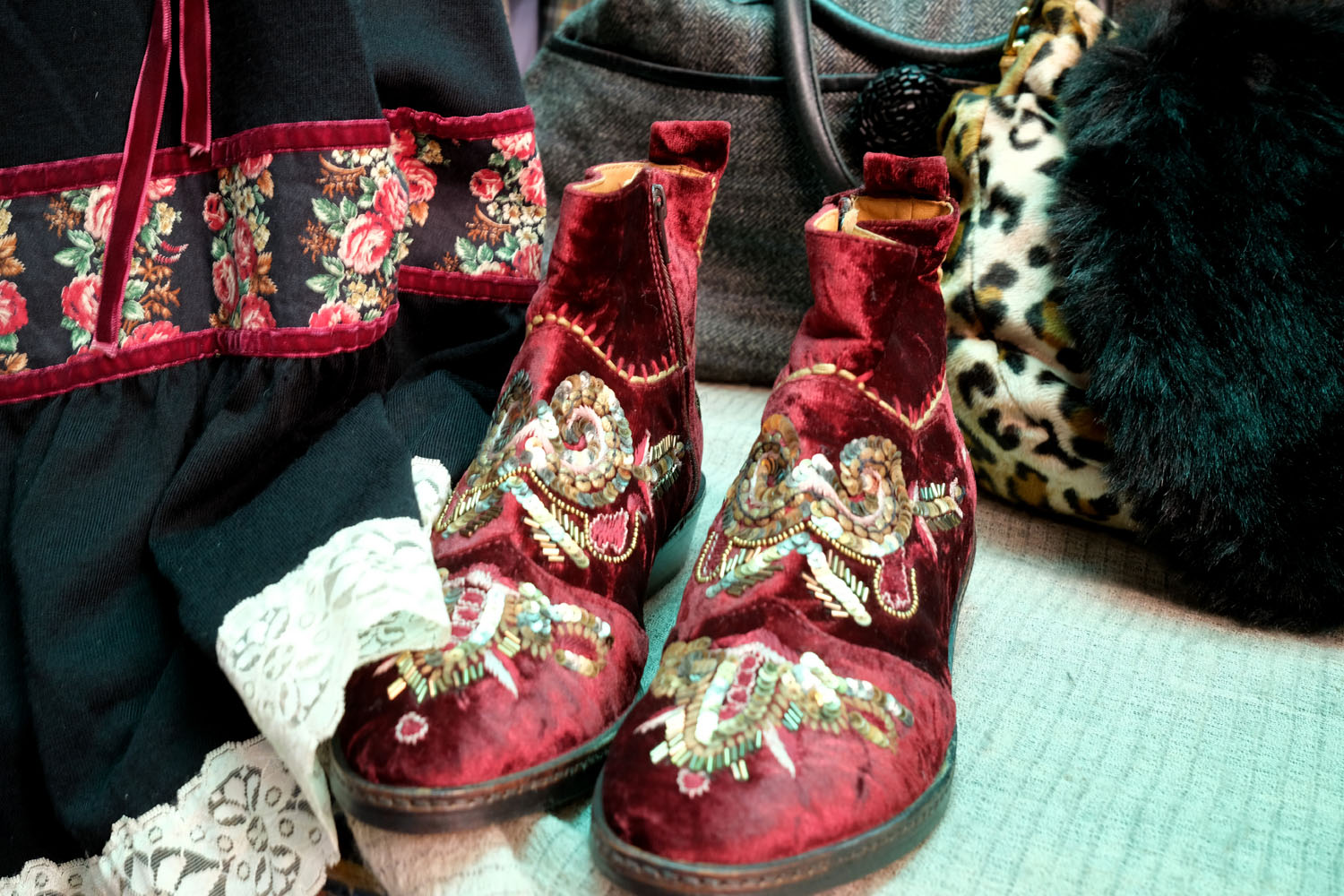
RIGHT: Fuji X100V . f/5.6 . 1/9″ . ISO 800
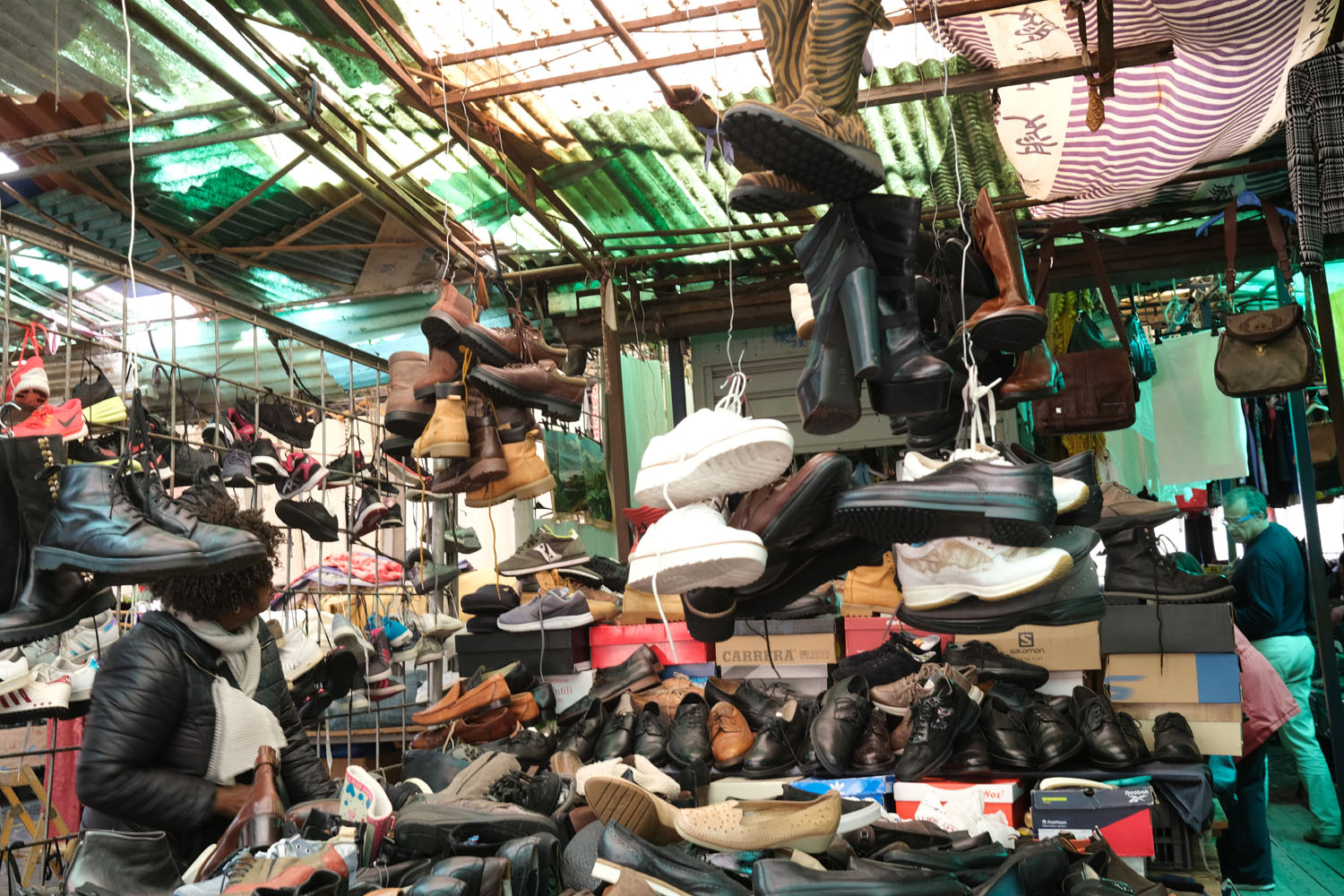
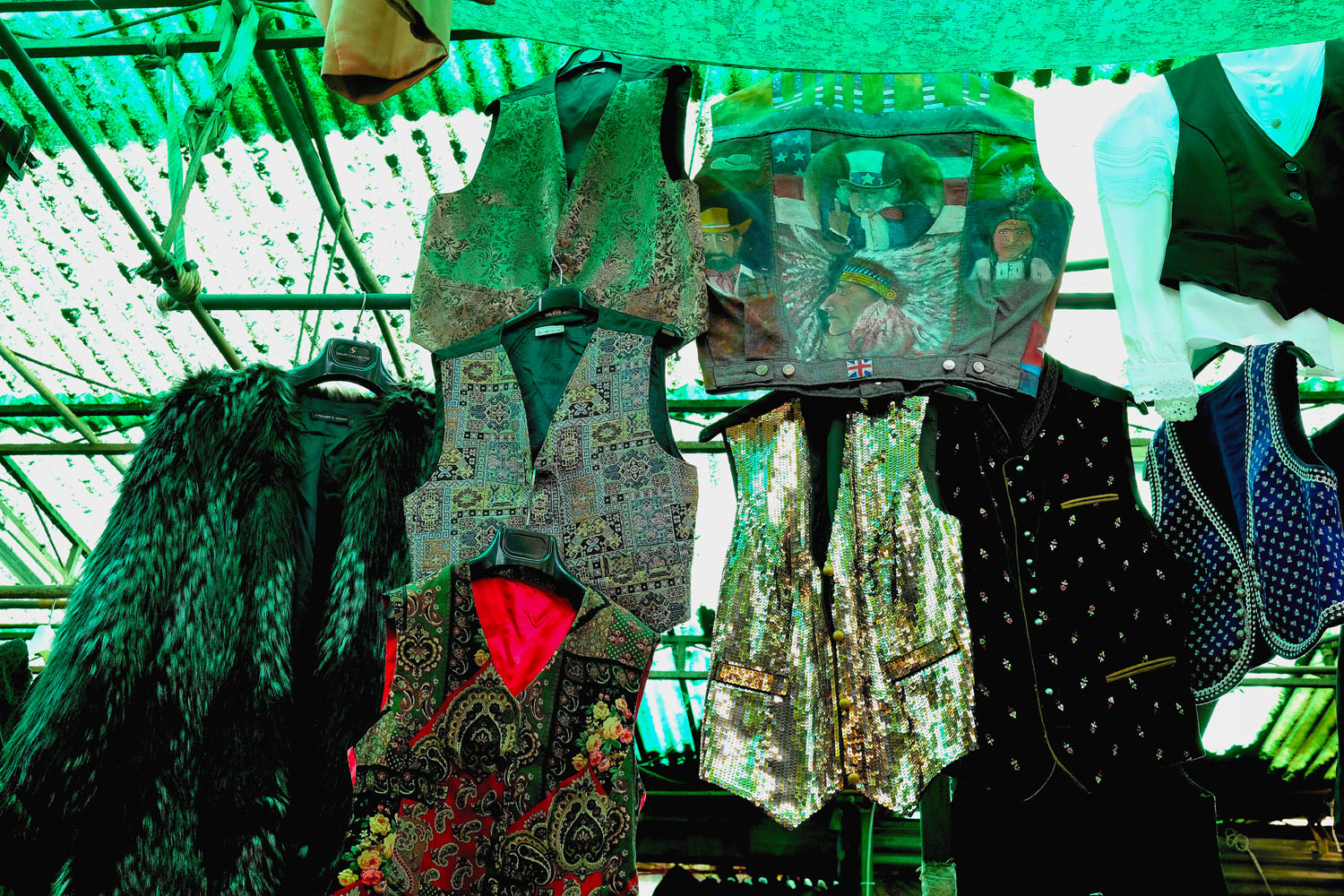
RIGHT: Fuji X100V . f/5.6 . 1/60″ . ISO 640
Food markets follow other roads and their life and history could be completely different from each other.
So let me talk now about the folk market of Via Sannio.
Located close to San Giovanni cathedral, just facing ancient Rome’s city walls, since the early ’60 s, this 5000 square meters open-air market looks like a campsite from far away. Tents and plastic layers shield almost all the site over small carriages and shelves where sellers sprawl goods or piled second-hand ones or, again, hanged long unusual and colorfull suits. All that lining corridors where you walk bunging among garments and sellers who invite you to buy everything you see (!). Of course, you can also wear it before buying… behind a curtain of light material.
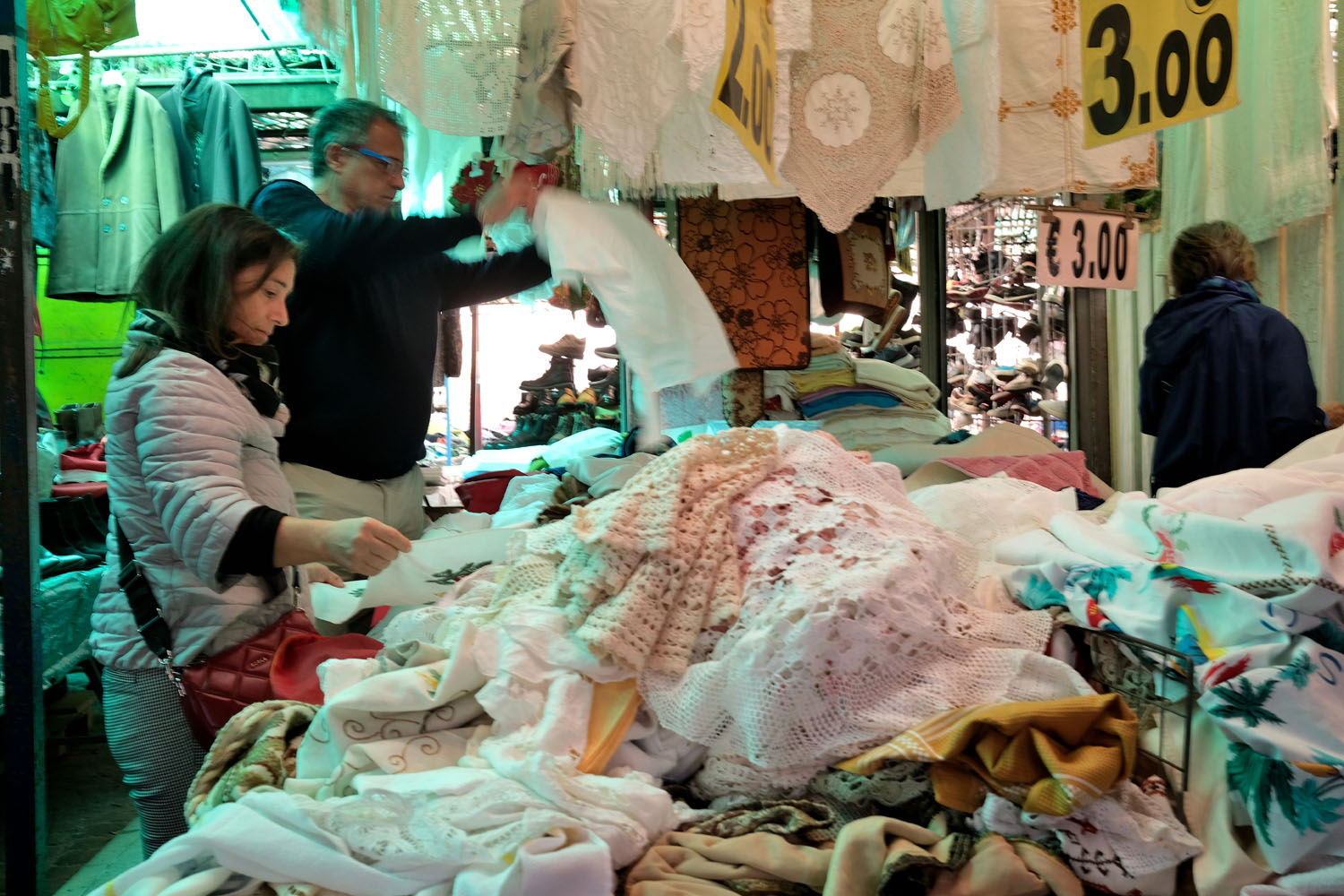
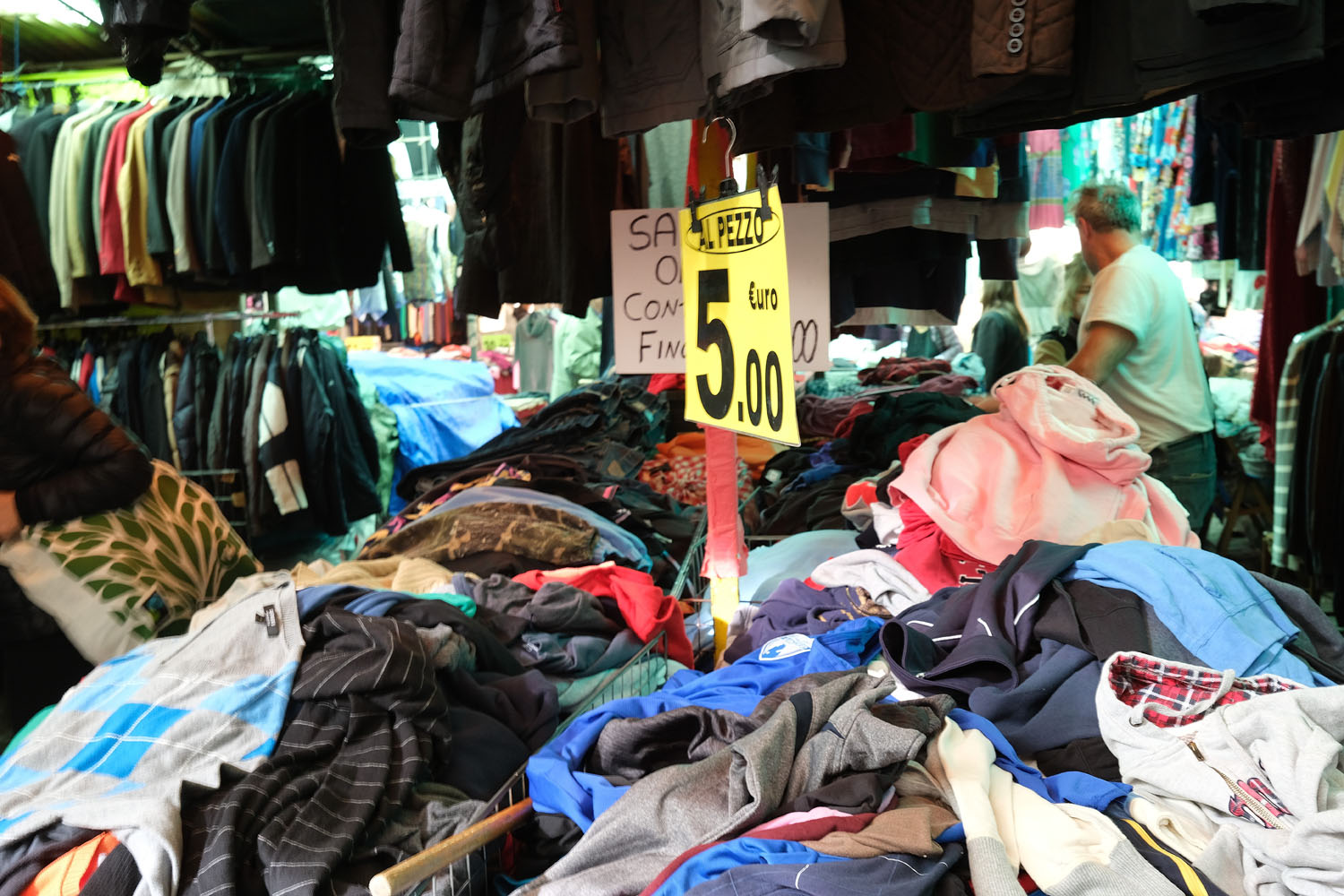
RIGHT: Fuji X100V . f/5.6 . 1/11″ . ISO 800
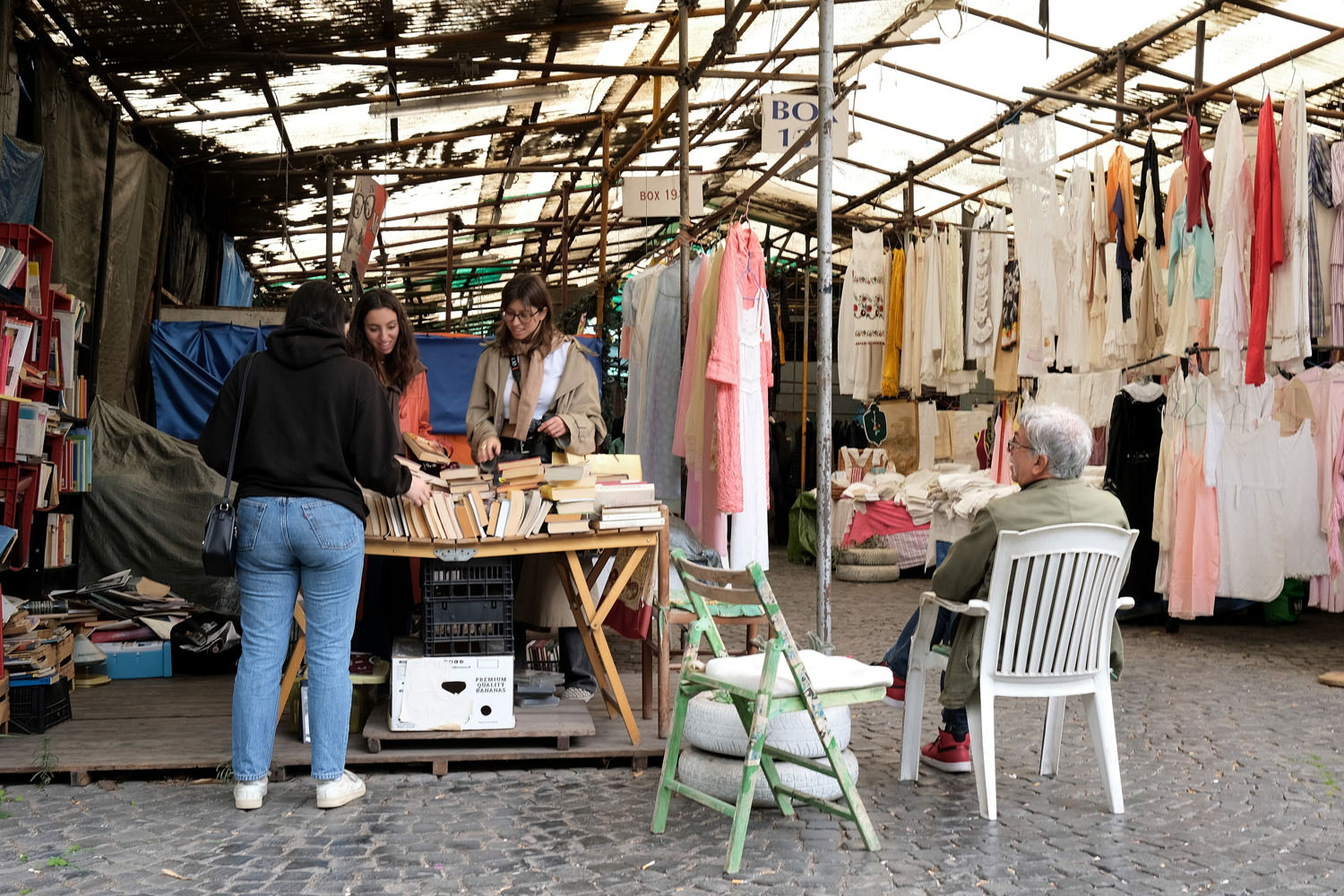
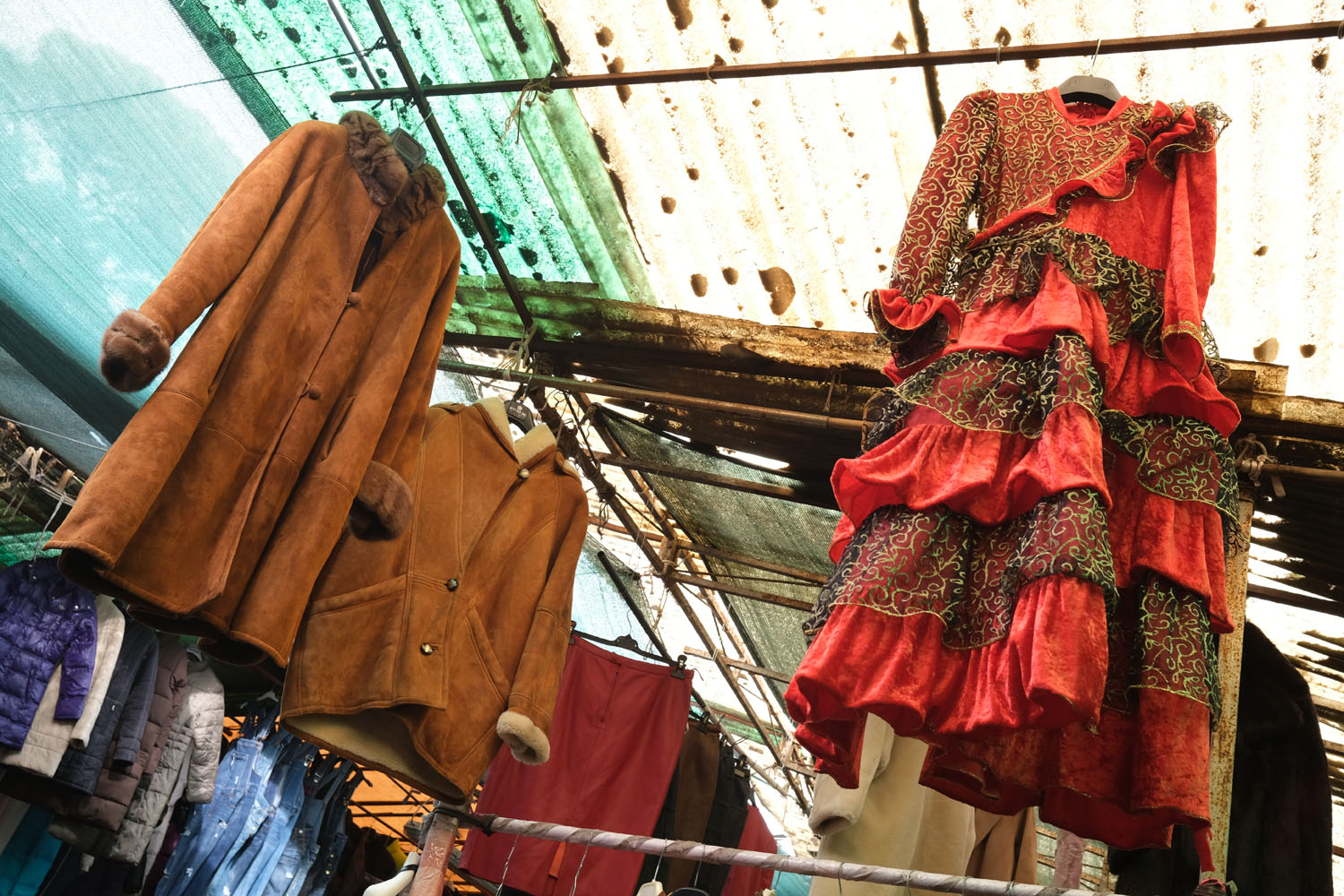
Romanaccio slang was diffuse with its meaningful swear words.
In the early times, 60-70’s market was at its best: because it was 5 days open a week (Porta Portese is open only on Sunday), because 50% of the goods come as outlet or second hand from US Army camps in Italy (one heritage of II World War). So 50% of goods were: tents, backpacks, canteens, strong boots, jackets, compasses, and so on, at quite a low cost and suitable for workers and guys (I was one of these of course…). At the same time, more spontaneous sellers set “shops” close to the core but along the Roman Walls up to S. Giovanni square and there was a true chaos of things, all old or second/third hand… or so, of course.

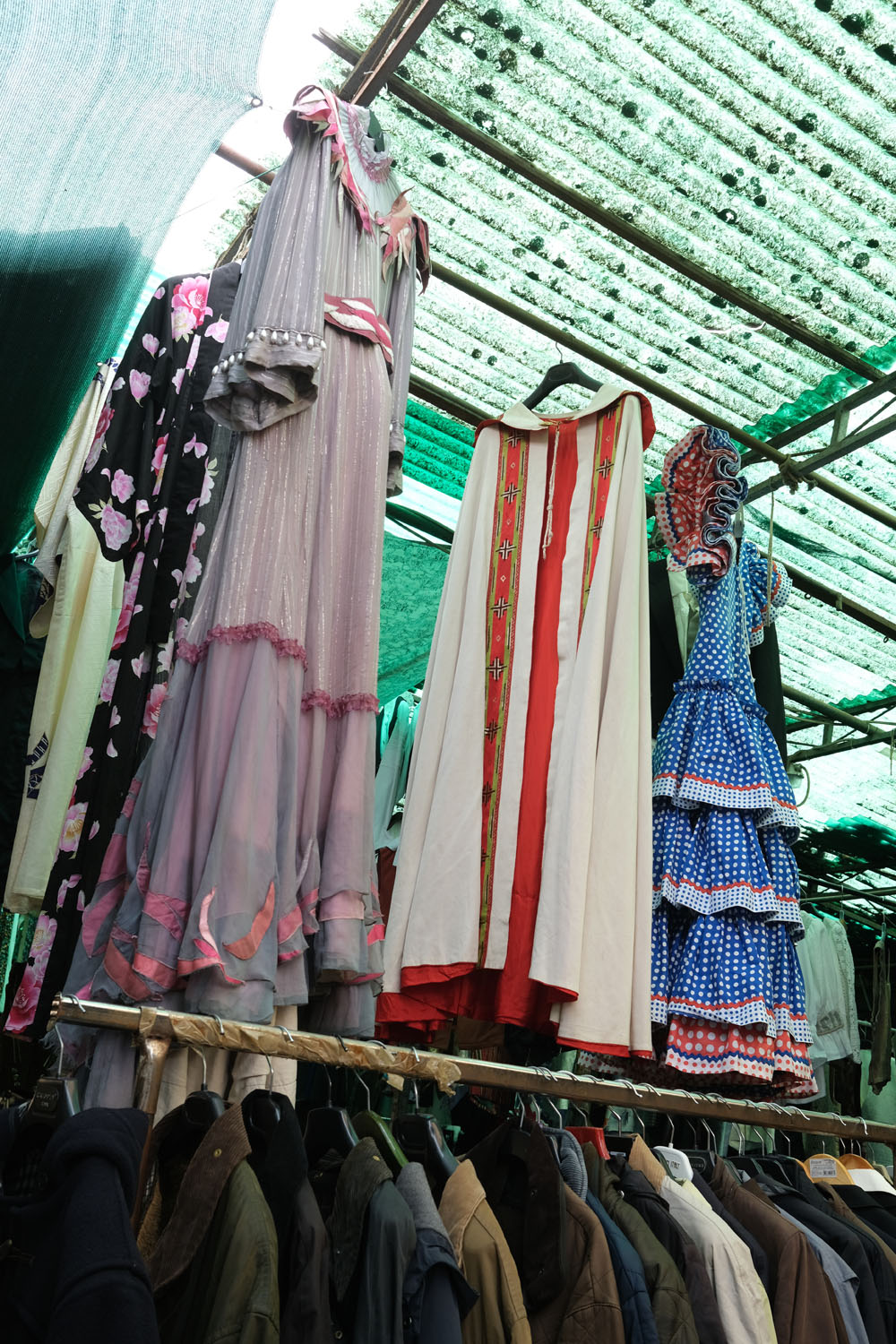
RIGHT: Fuji X100V . f/5.6 . 1/60″ . ISO 320
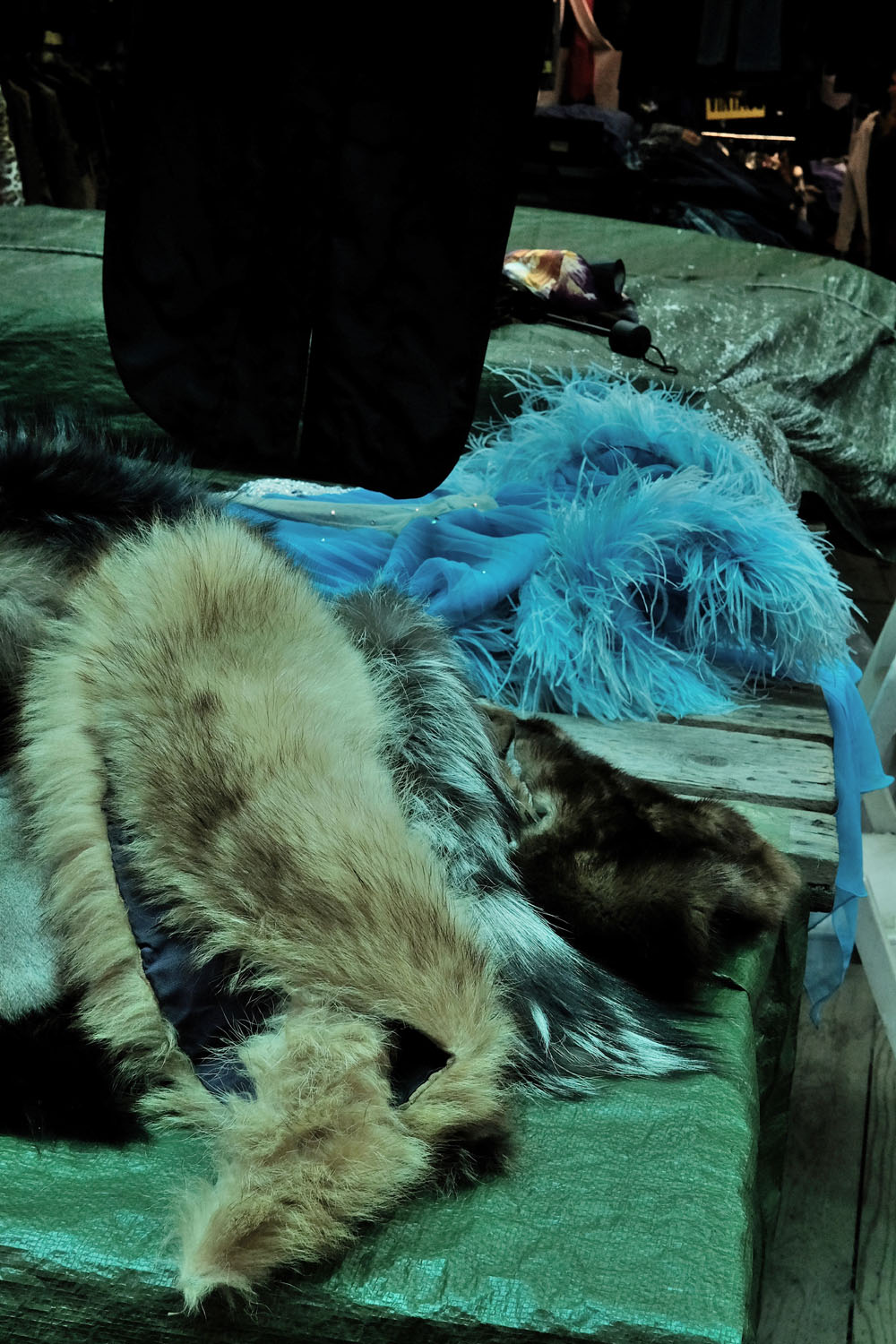
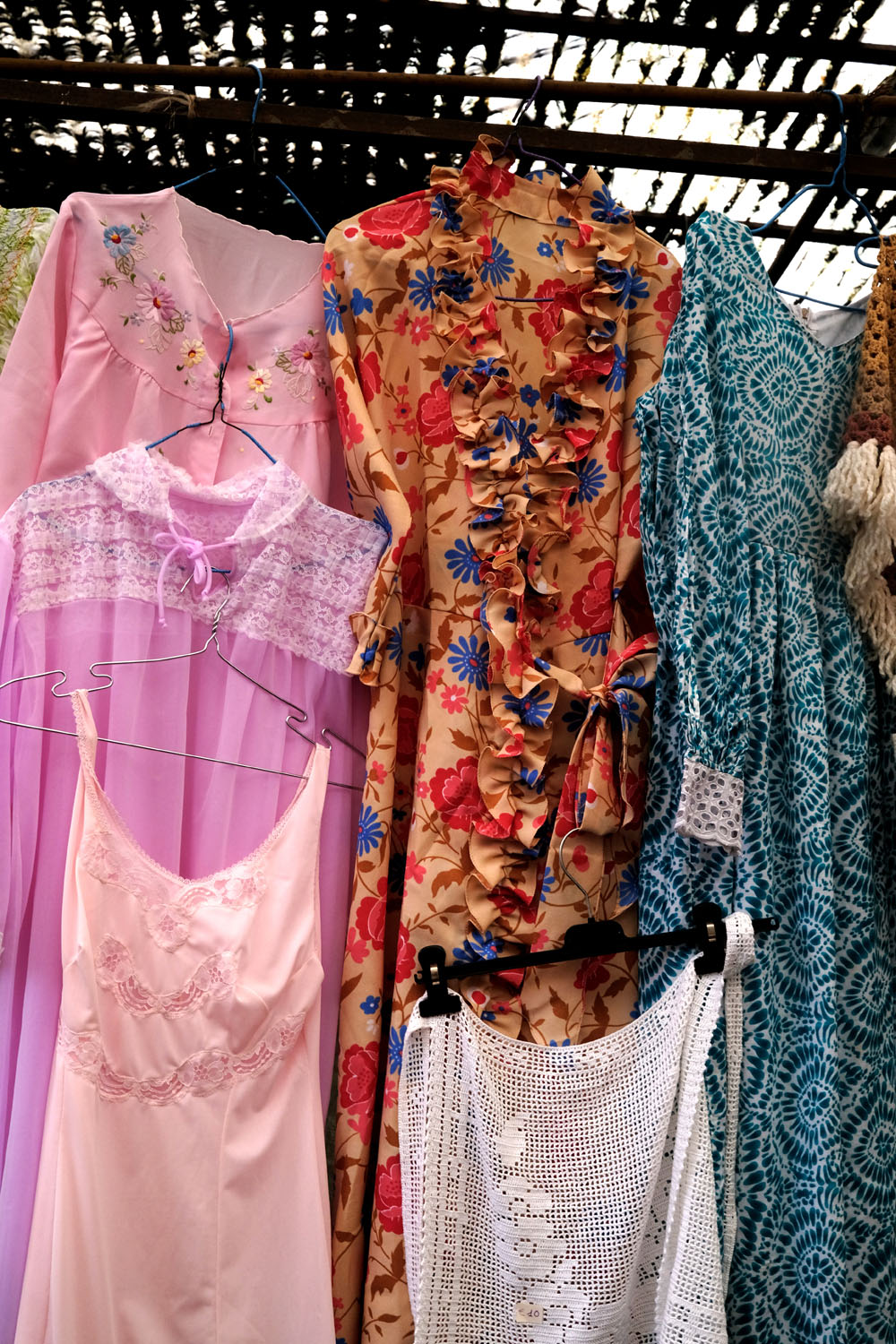
RIGHT: Fuji X100V . f/8 . 1/60″ . ISO 640
But what about the other 50%? Mostly second-hand garments, some very old (like your grand mother’s ? …or one old housekeeper’s ?), a lot of handbags (leather) but also real furs (locals or from East Europe) and lovely handmade tablecloths.
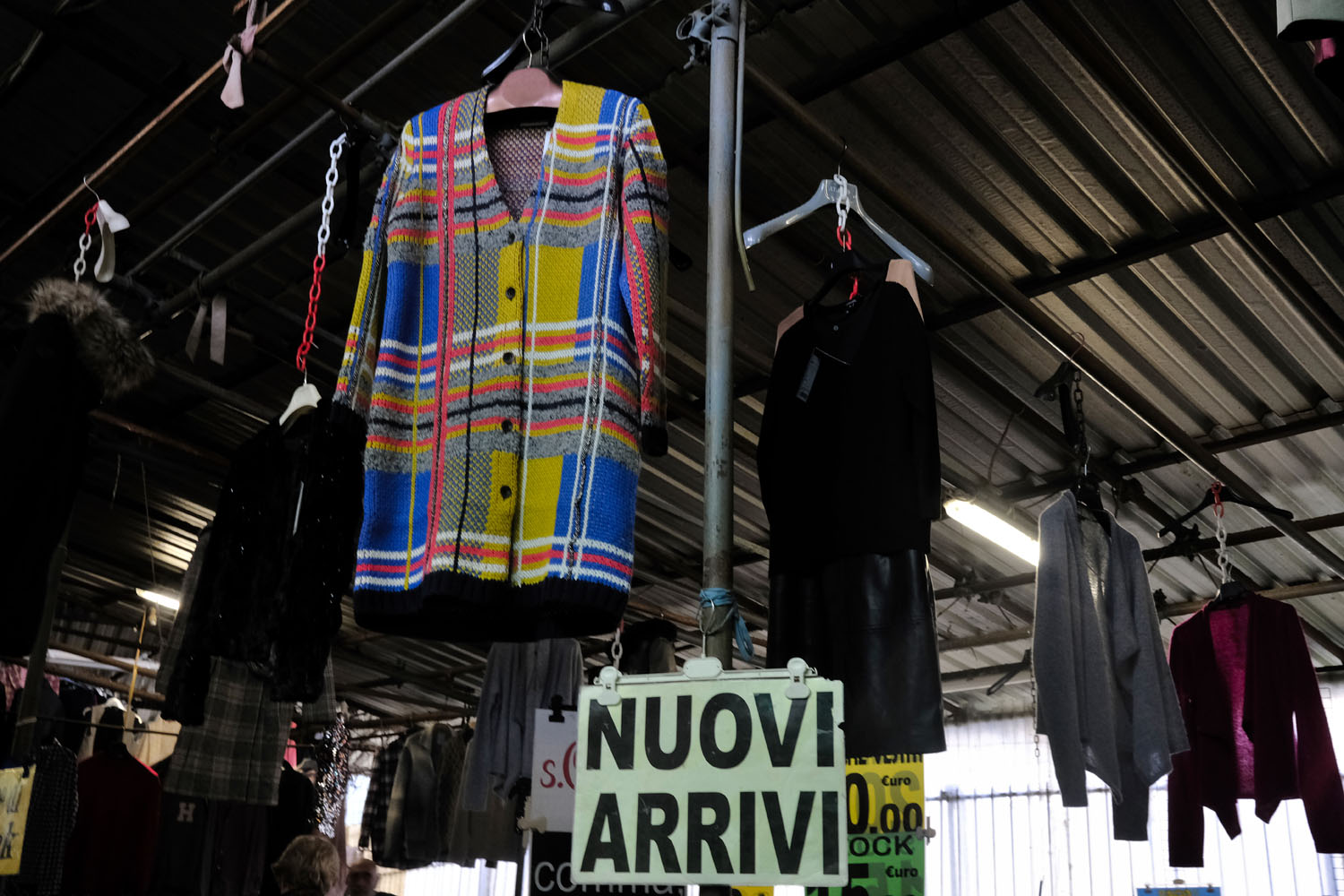
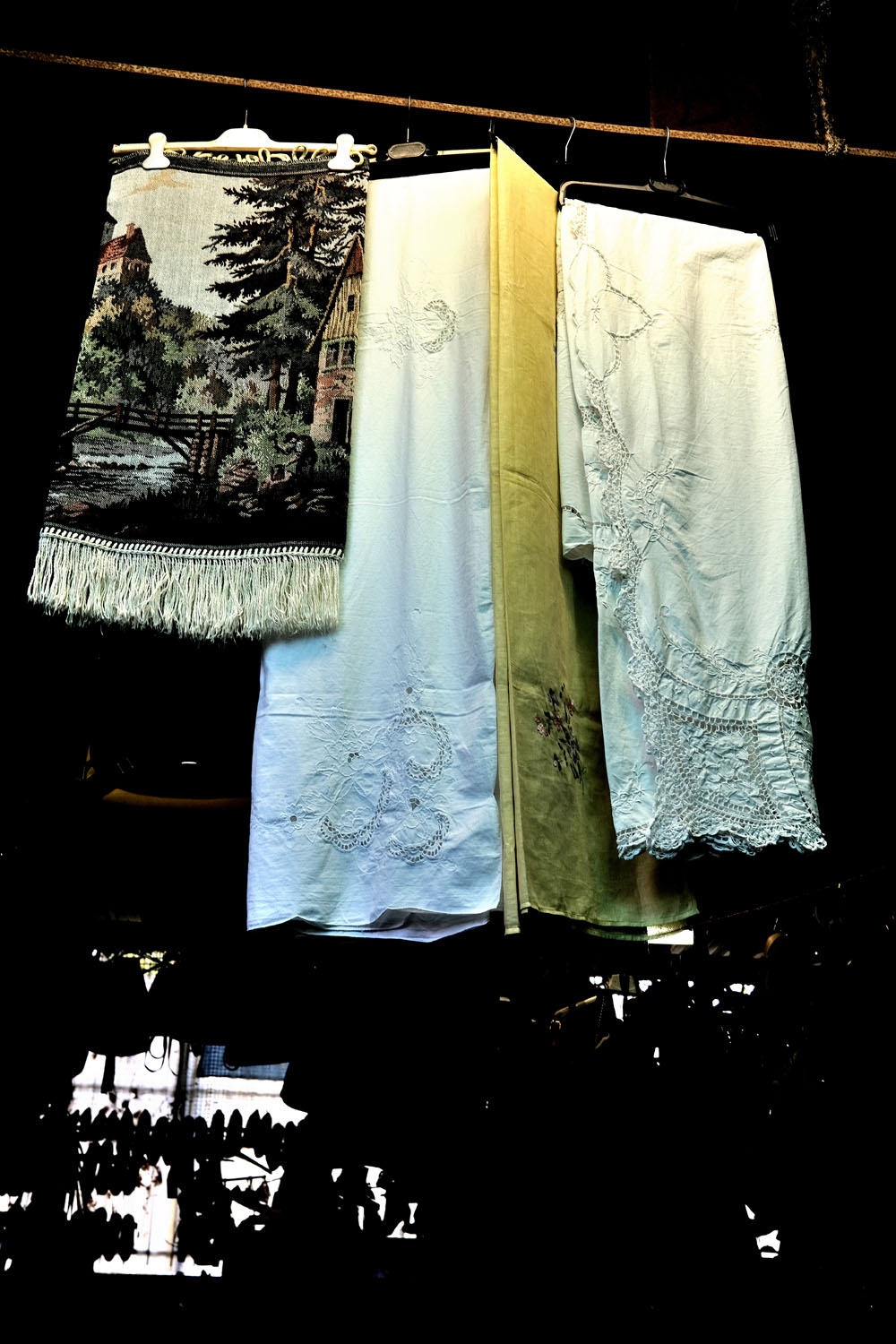
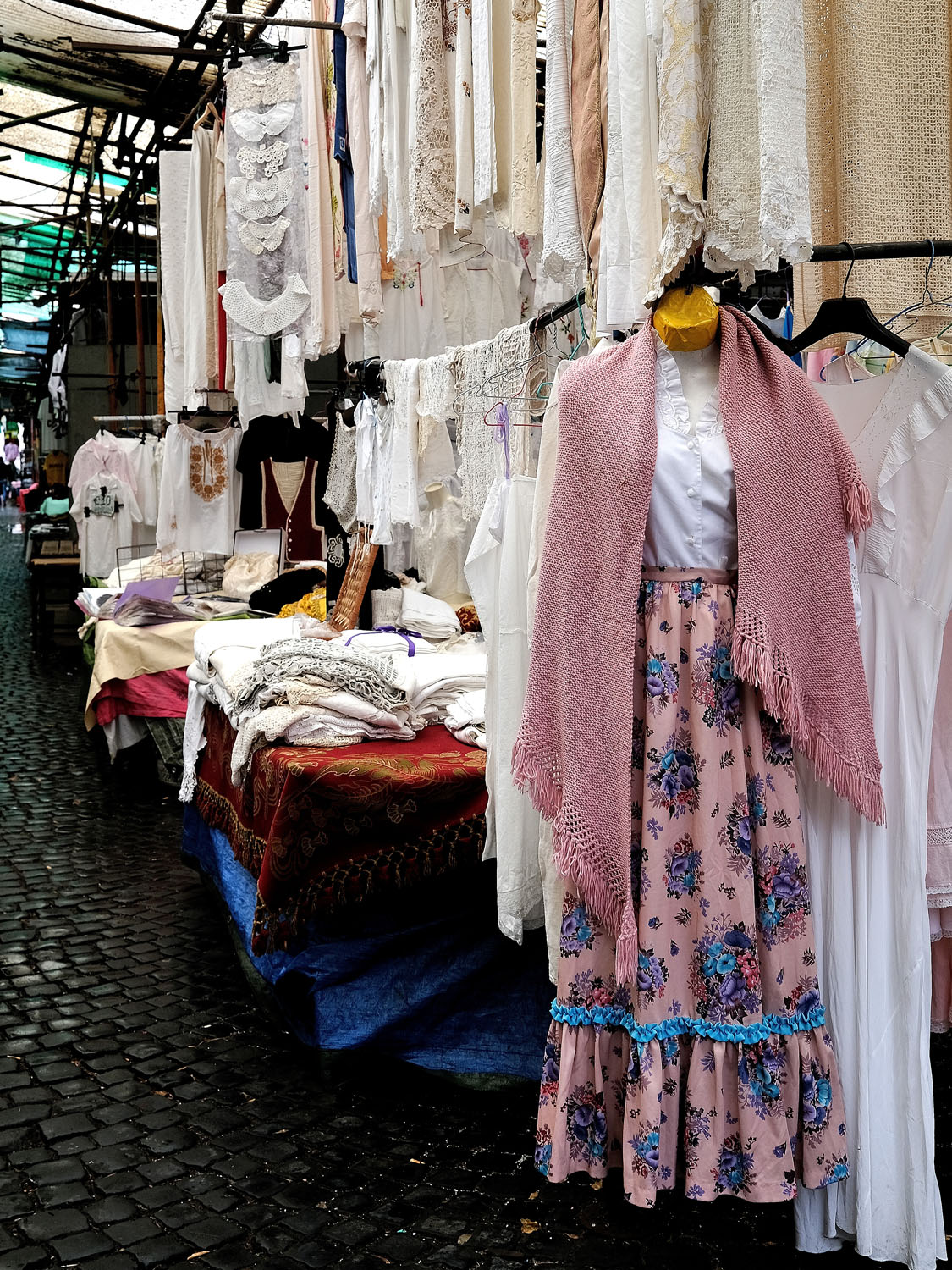
RIGHT: Fuji X100V . f/5.6 . 1/60″ . ISO 200
Opened around 8 am and close after 2 pm, on Saturday night some sellers use carriages to take goods until Porta Portese, where they re-open at 7am and then come back in the afternoon. Then you could see some cars were carring 1, 2, 3 tetering carriages up and down between sites all night long.

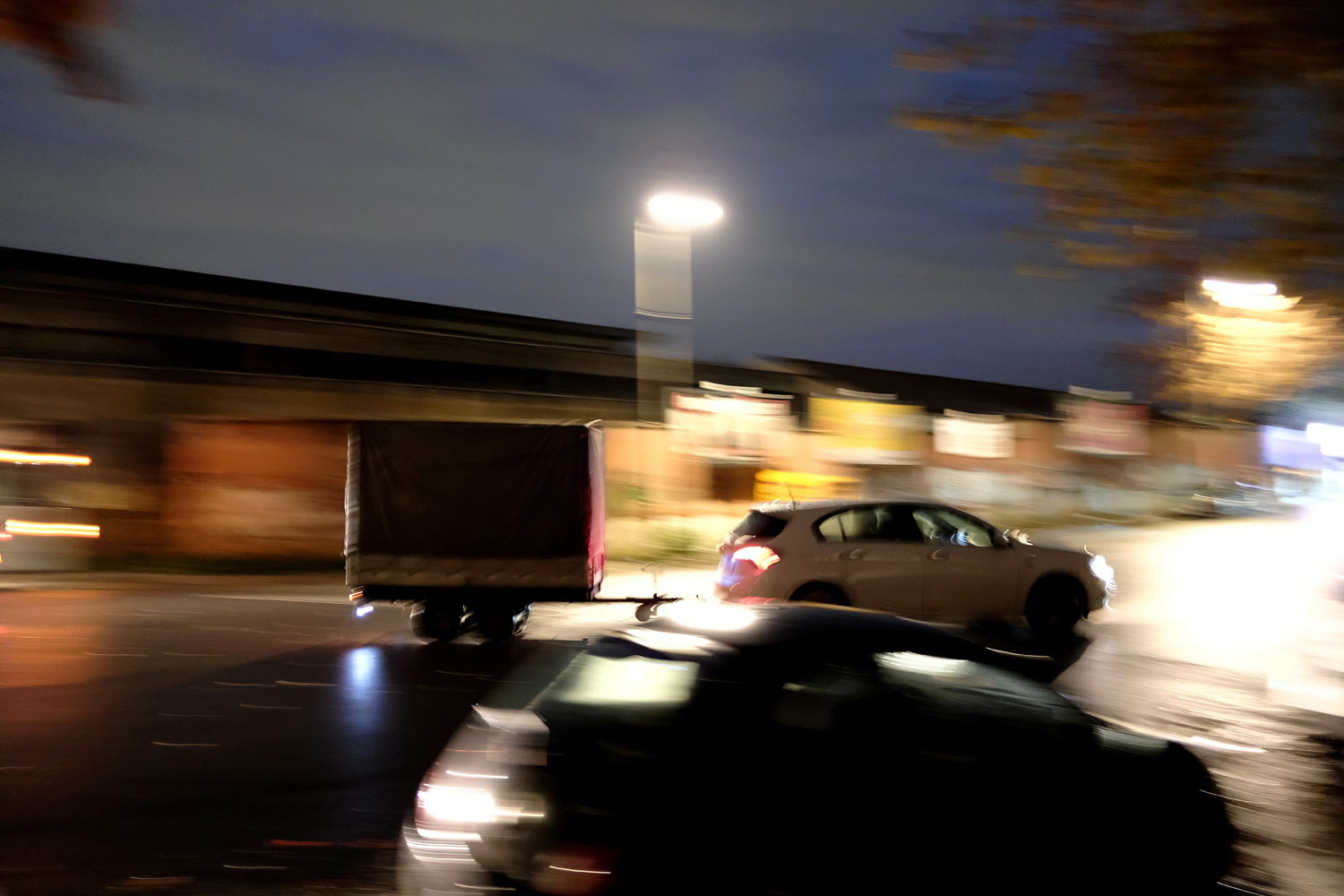
RIGHT: Fuji X100V . f/2.0 . 1/7″ . ISO 3200
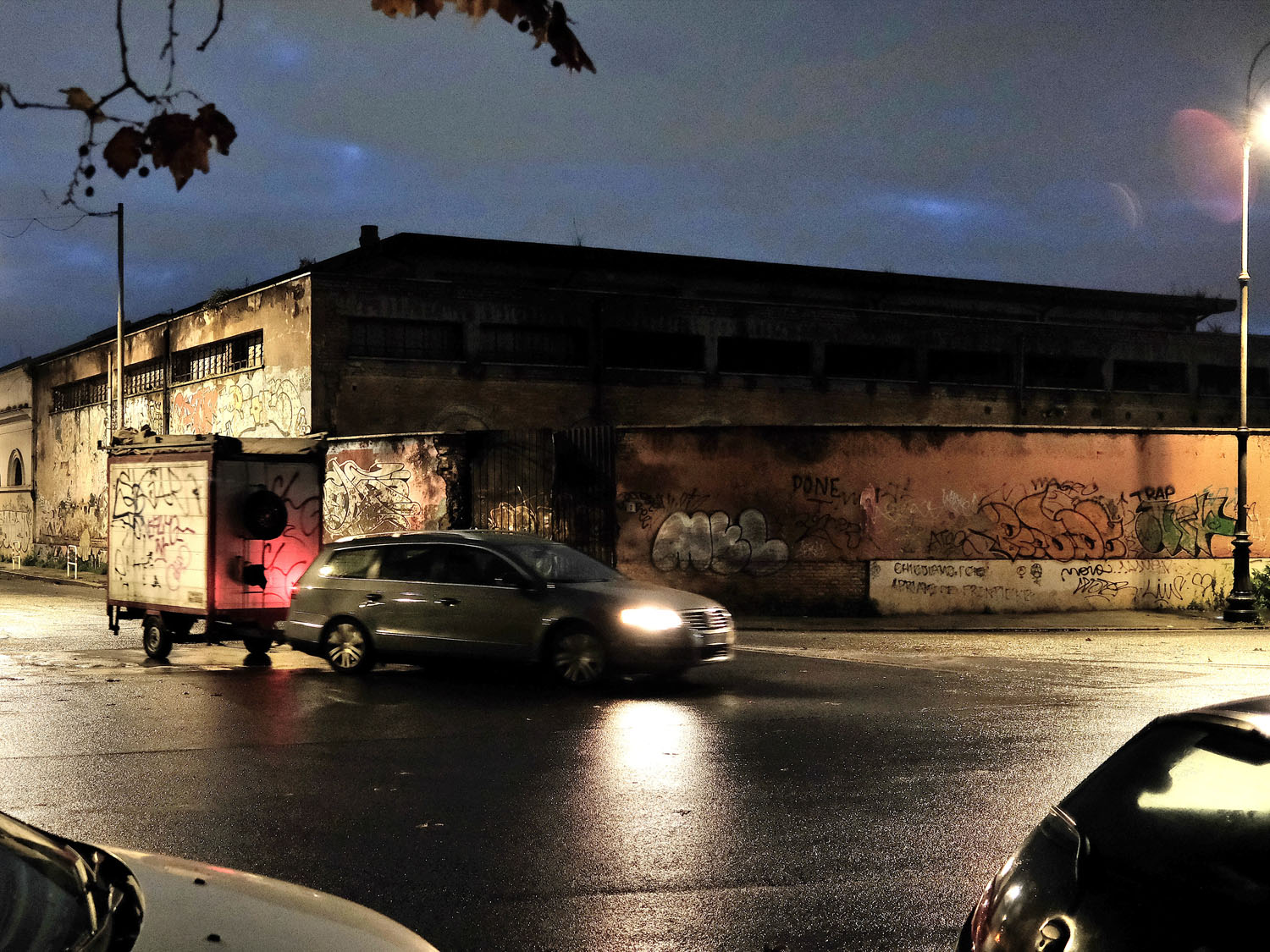
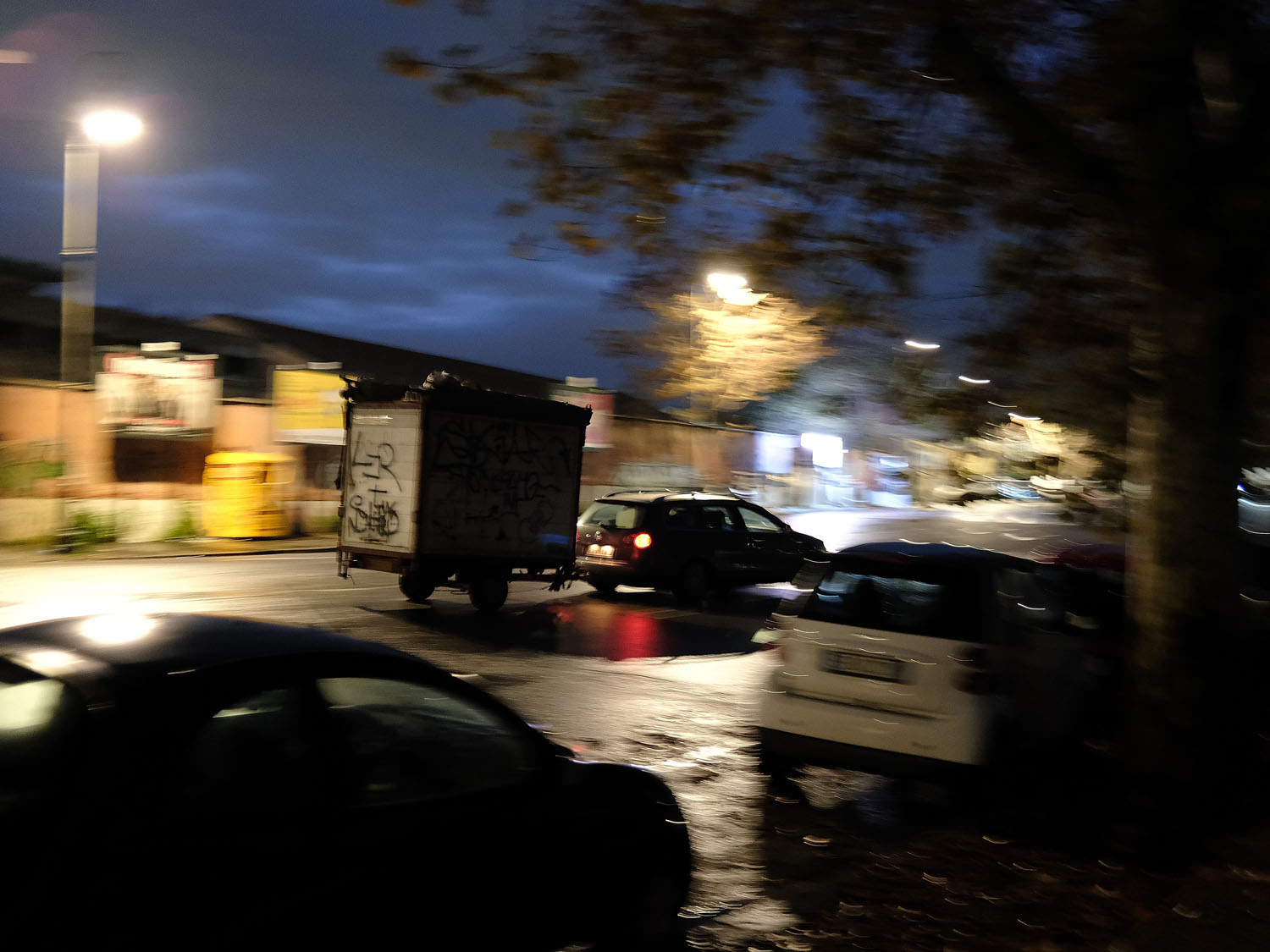
RIGHT: Fuji X100V . f/2.0 . 1/10″ . ISO 3200
At present time the folk market is still working and is on the same site but Peace and Globalisation changed goods and sellers. Clearly, the US/UE Army doesn’t sell any more items now and there is almost nothing from Army and everything is new. Many sellers are foreigners that sell all quite the same items (!) in a twin market just in front of the old one. Thus the old market now is almost hidden beside the new one, like the core I said before. Up-and-down is still permitted but just car+1 carriage, I discovered this news just shooting now. And the Romanaccio slang now has some different accent too.
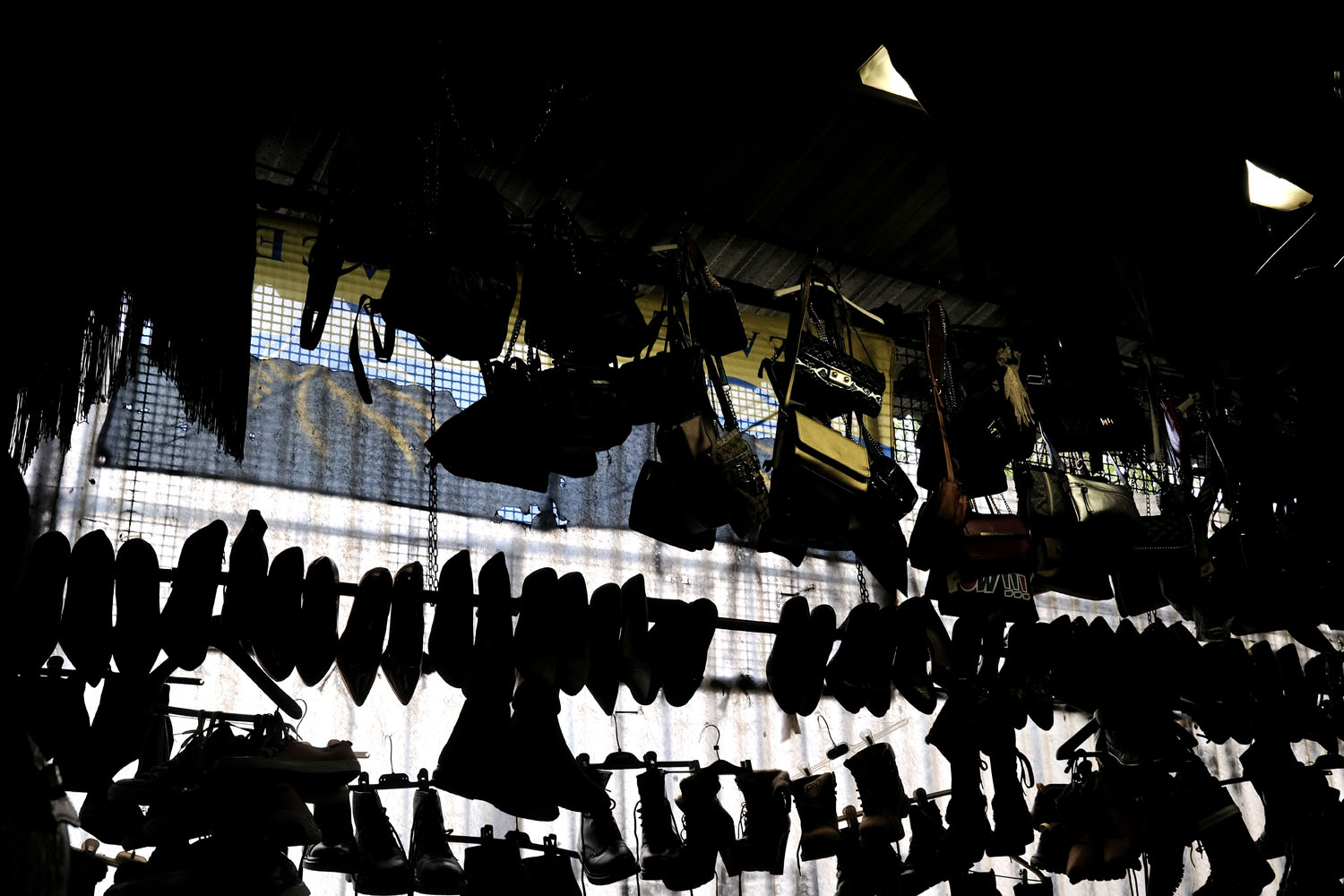
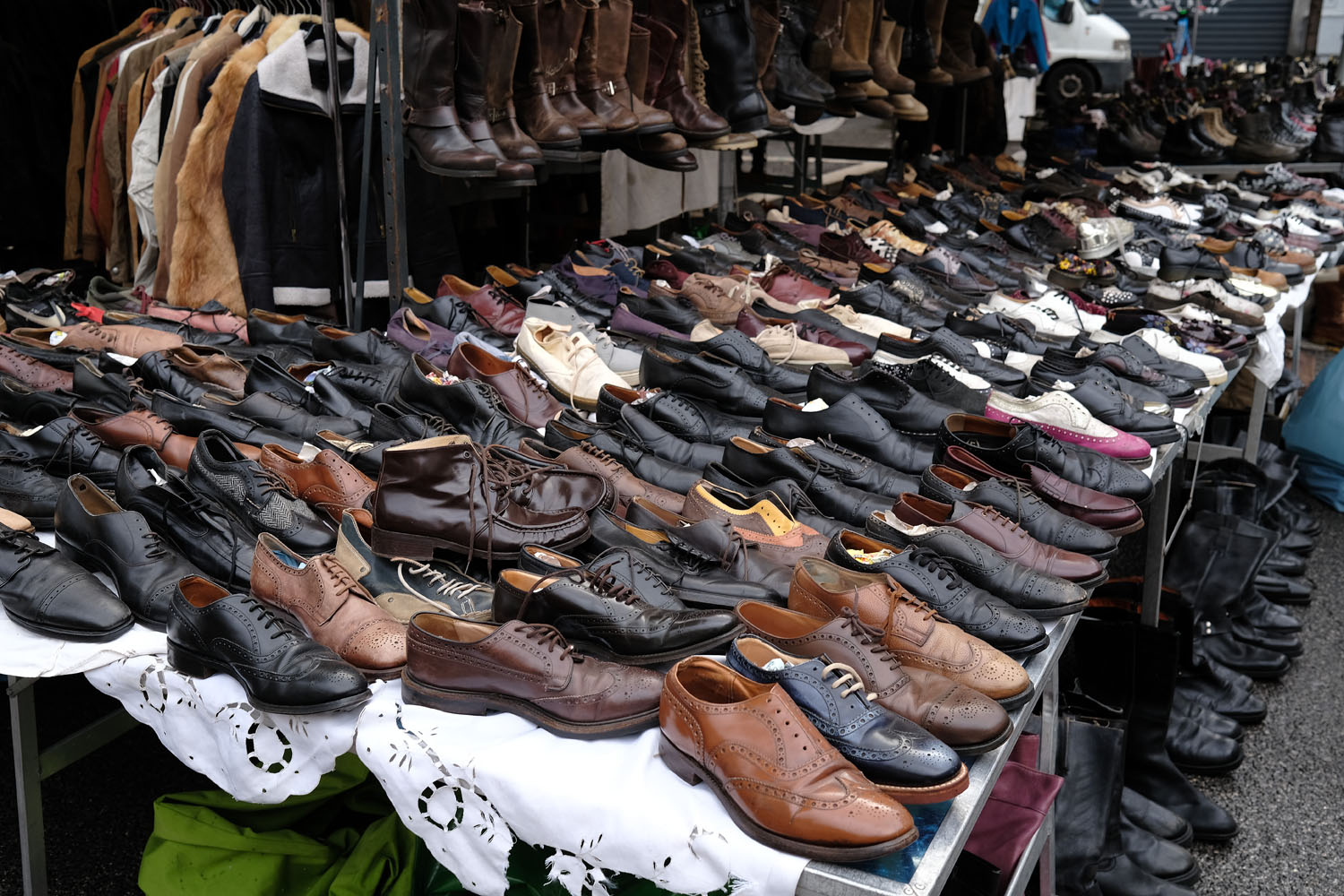
RIGHT: Fuji X100V . f/4.0 . 1/70″ . ISO 250
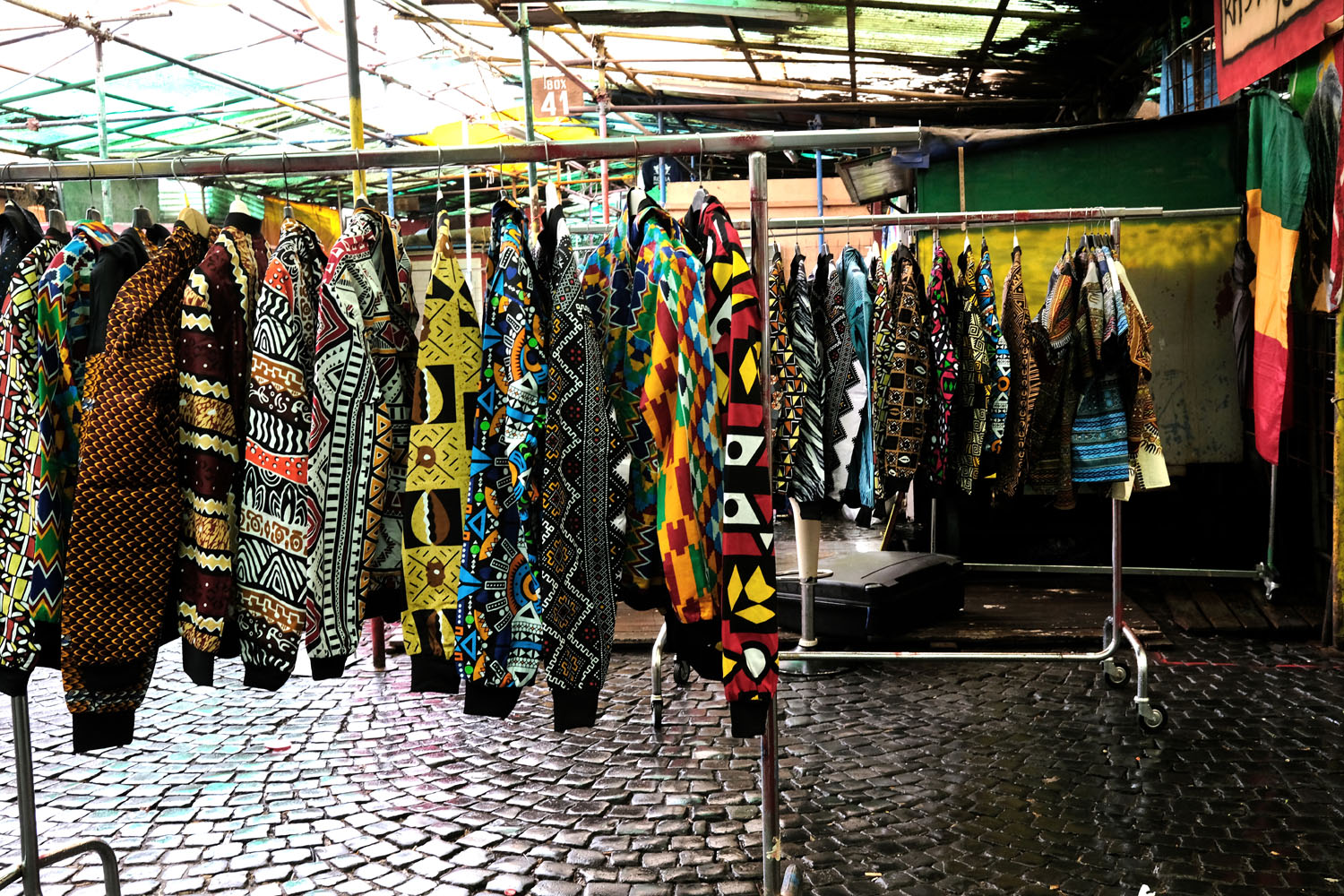
Monday remains as holiday day for this market, the only day for the rest of the many sellers; when you can walk among the silent market and try to guess what is in some big sacks or under large blankets dropped over the tables.
Strolling through markets could require to be little noticeable so my first choice is my Fuji X100V (not my large D750). Set in Aperture priority and Auto ISO (max 800). Fine Jpeg is enough because of the excellent in-camera software, held firmly in my hand (lens hood improves the grip) bound at the right-hand wrist with a lace. The tilt screen is really useful and the battery is enough for more than 350 shoots, of course not using flash. Focus & aperture have to be right settled because you work with close subjects and autofocus could be wrong despite your aims. Be careful because the lights change as colour and strength filtering roof sheets.
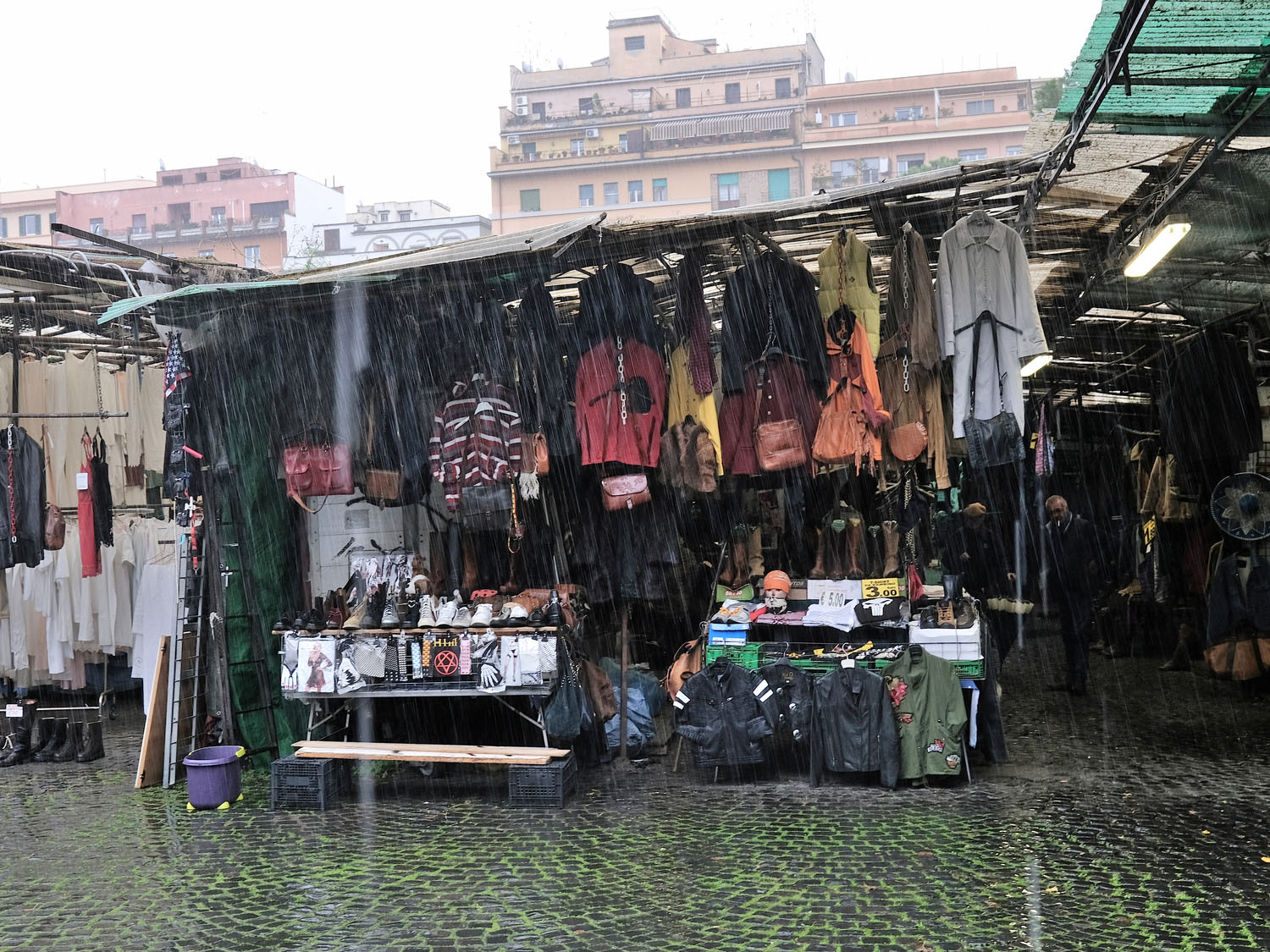
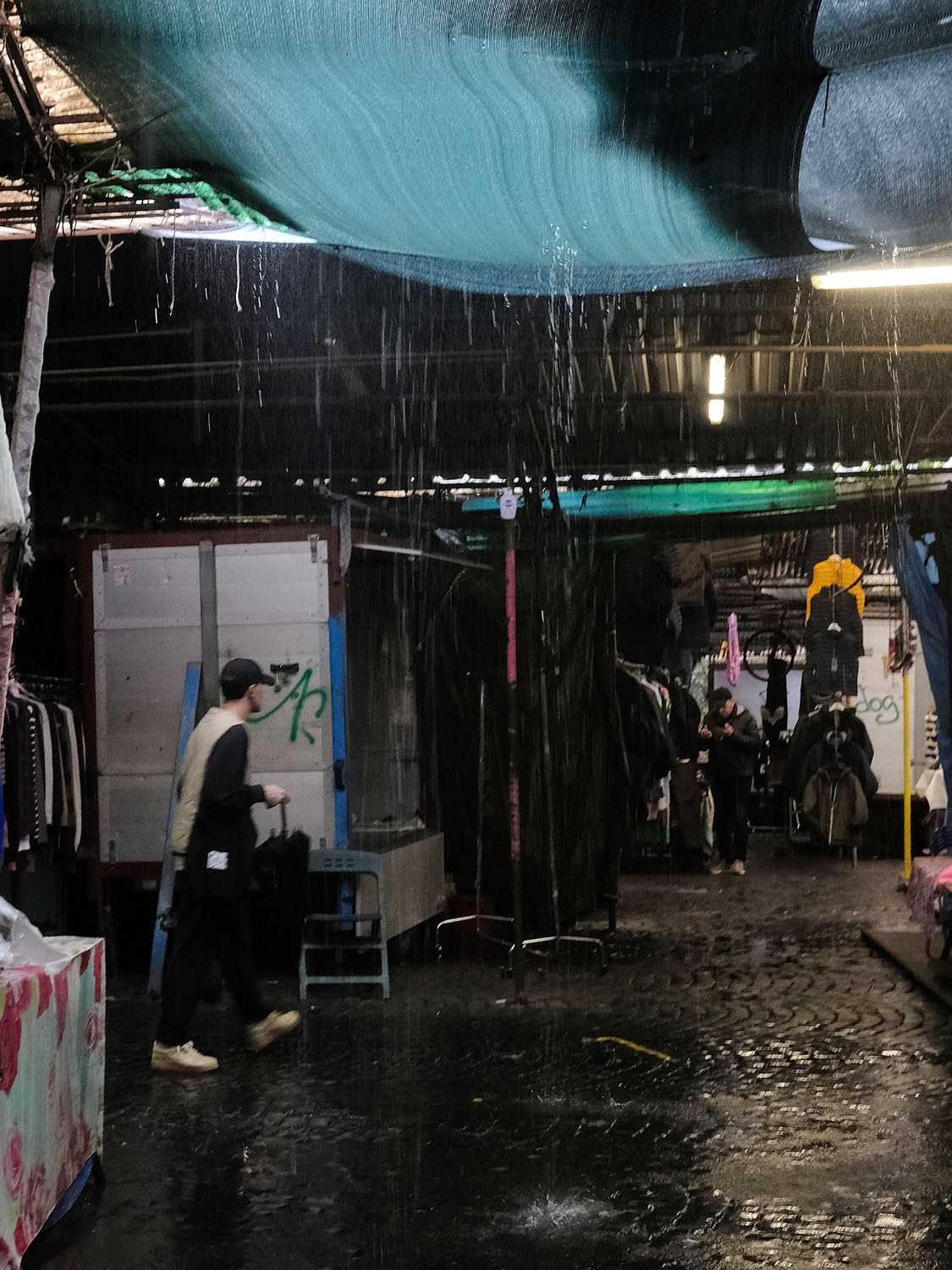
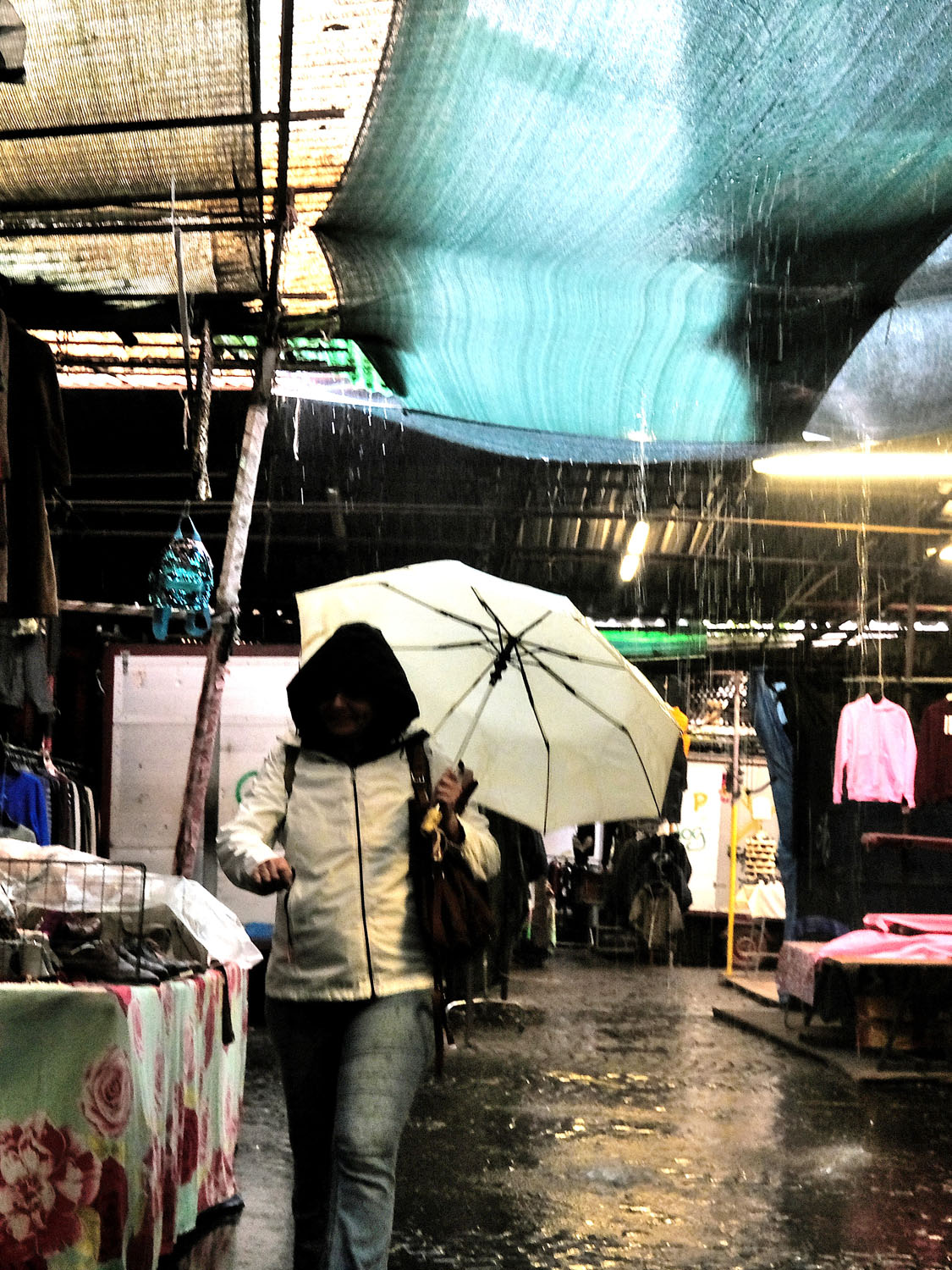
RIGHT: Fuji X100V . f/8 . 1/60″ . ISO 1250
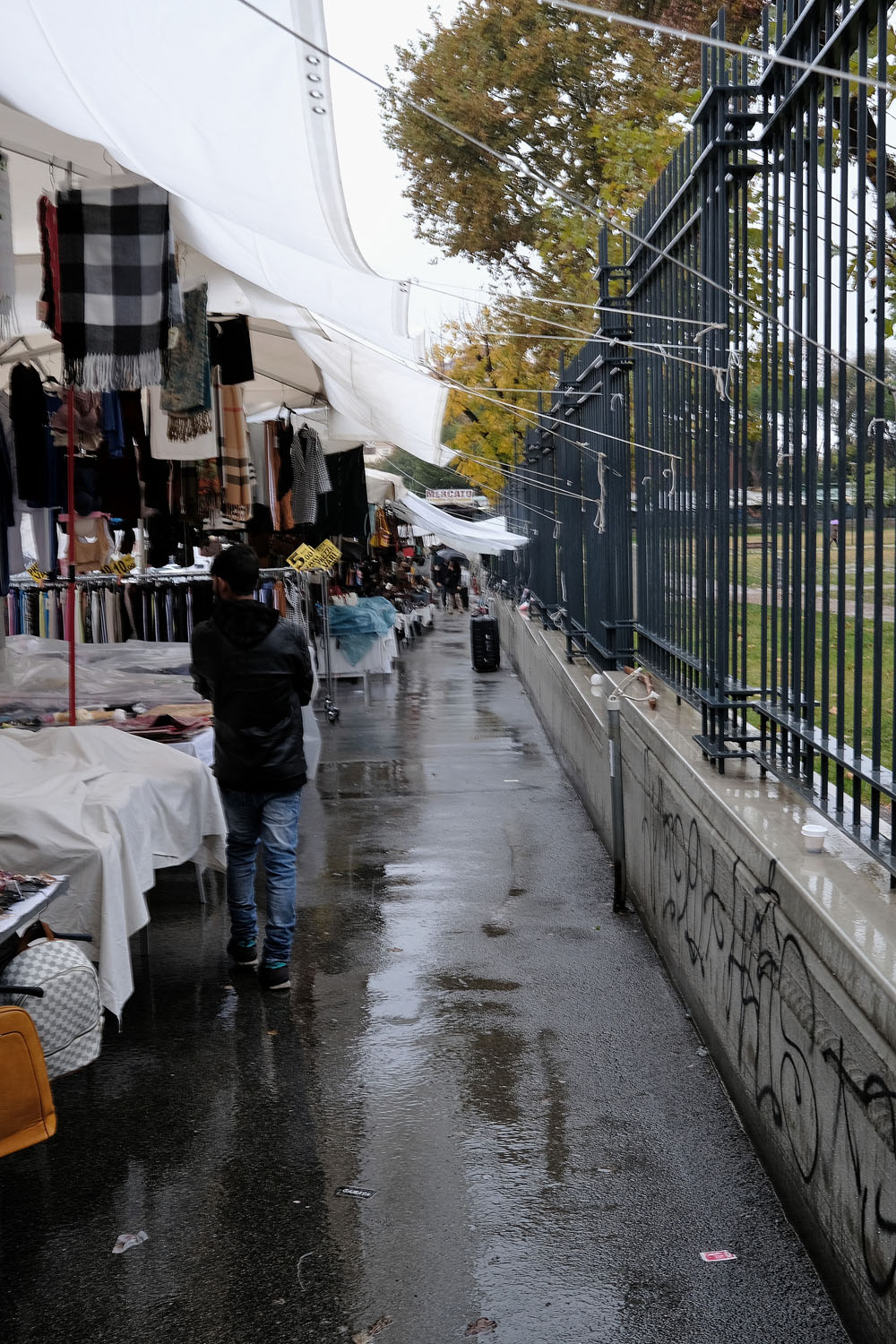
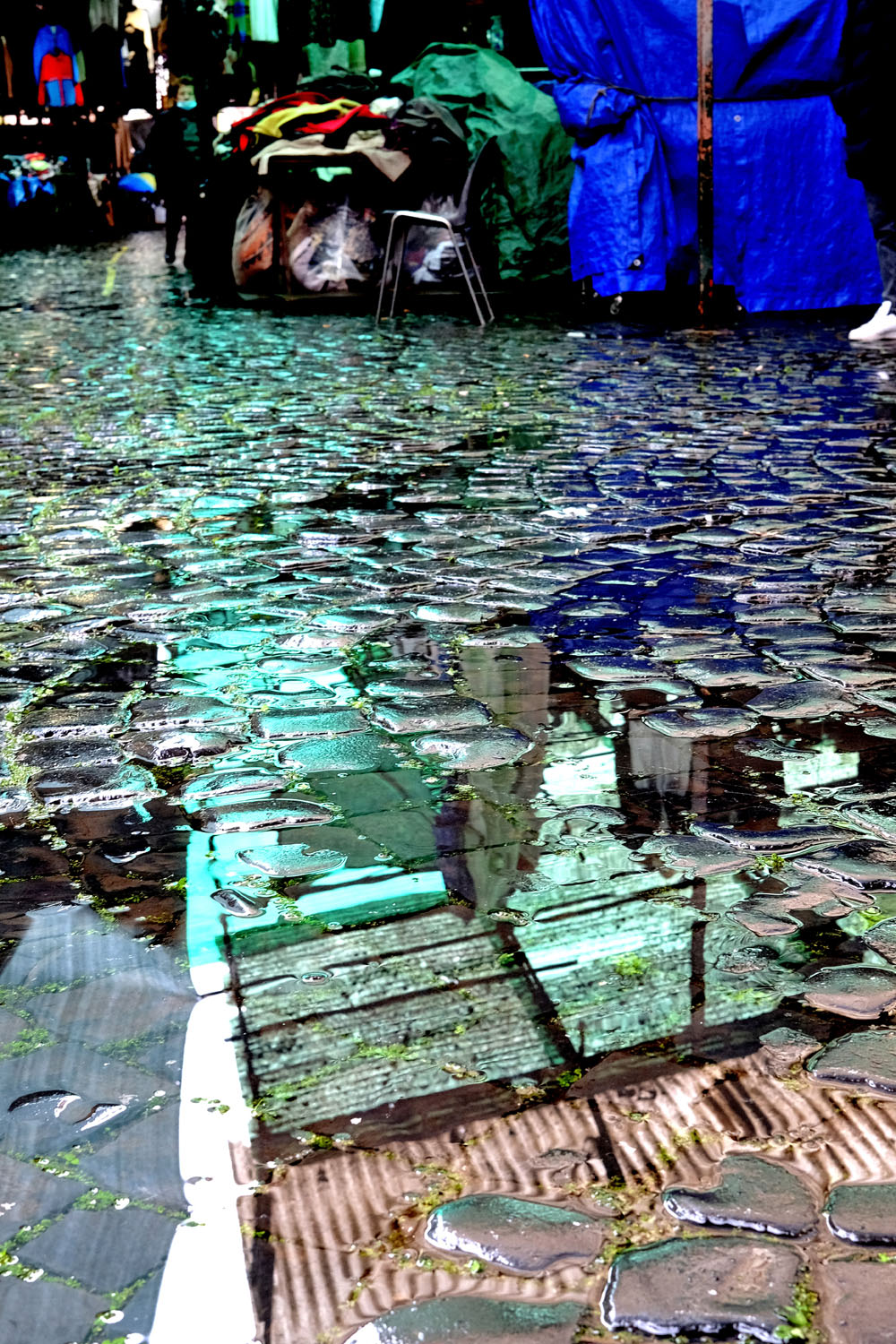
RIGHT: Fuji X100V . f/5.6 . 1/60″ . ISO 800
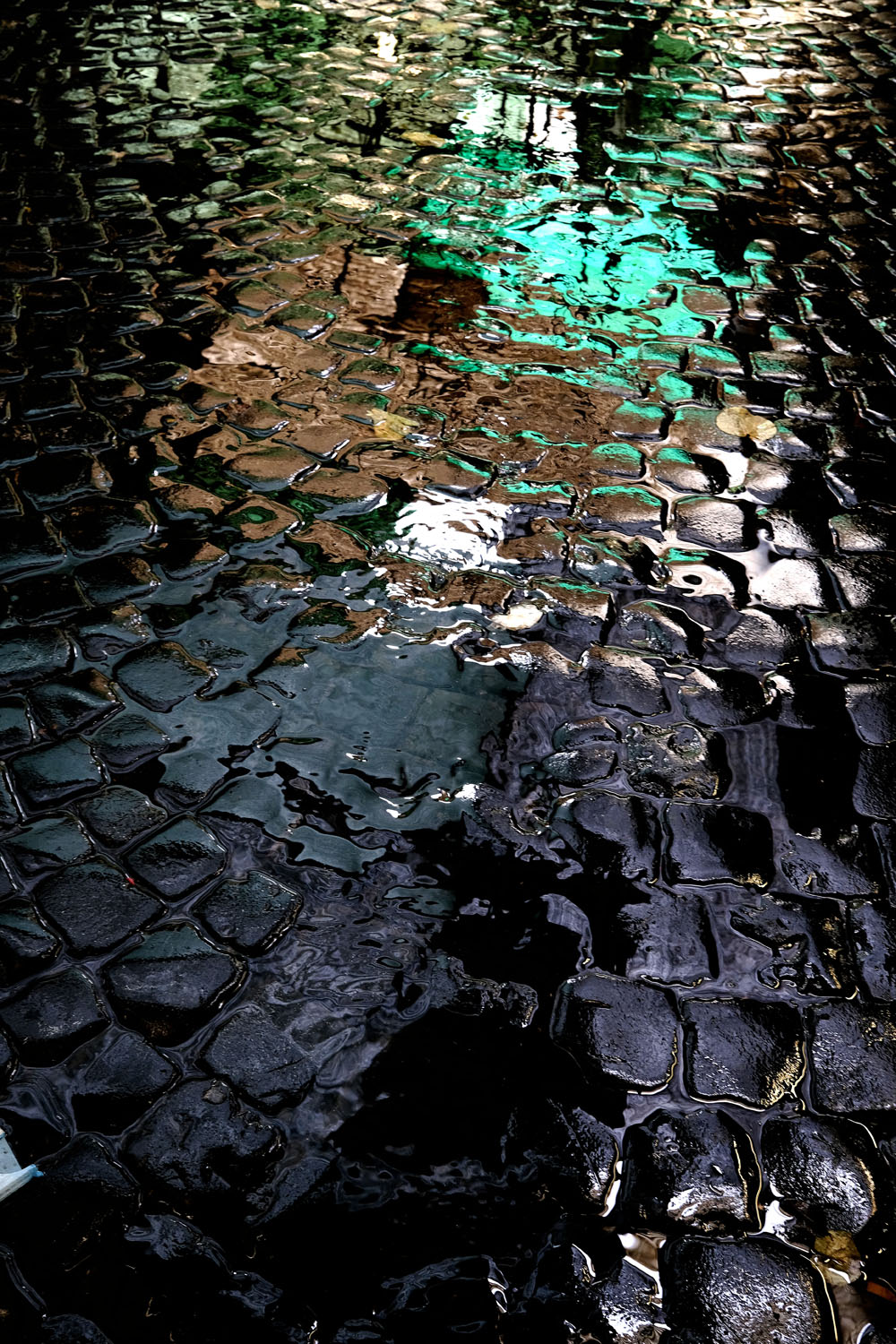
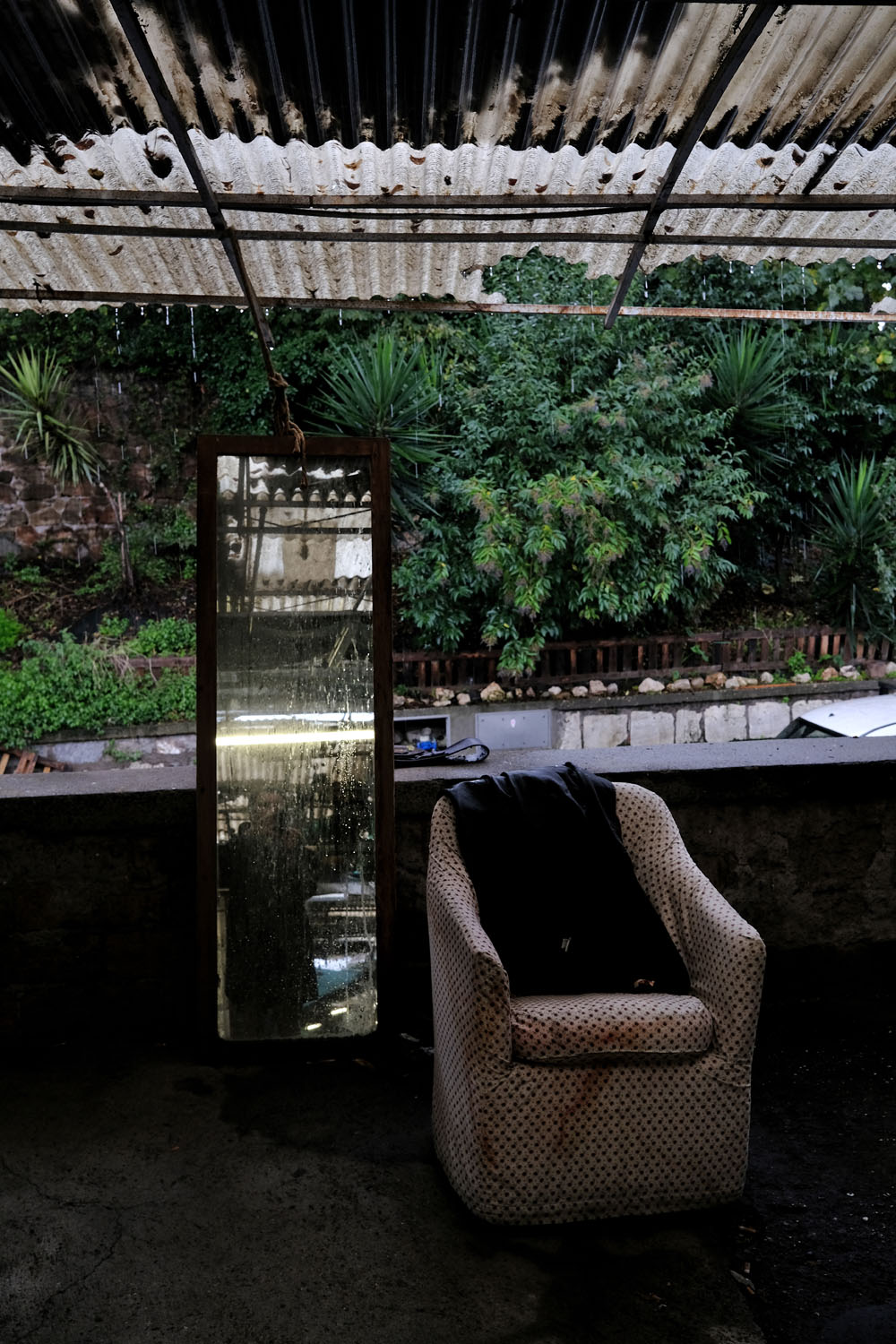
RIGHT: Fuji X100V . f/5.6 . 1/60″ . ISO 640
I got pictures in any, but not severe, weather so a sealed camera is appropriate. With X100 you have to be sure about a clean, dried, lens because it has a separate finder and the screen doesn’t help so much, I lost many shots because raindrops wetted the first lens.
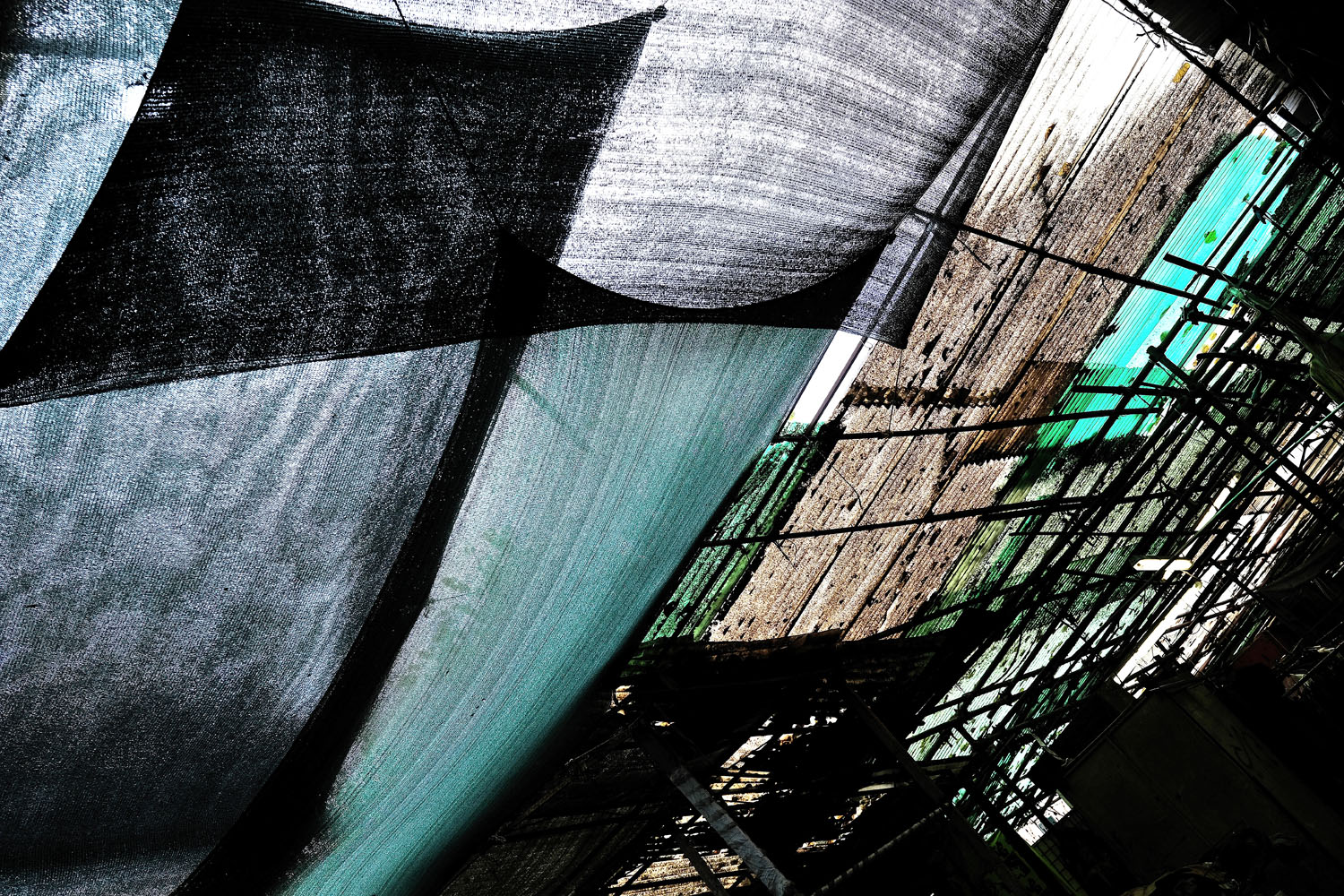
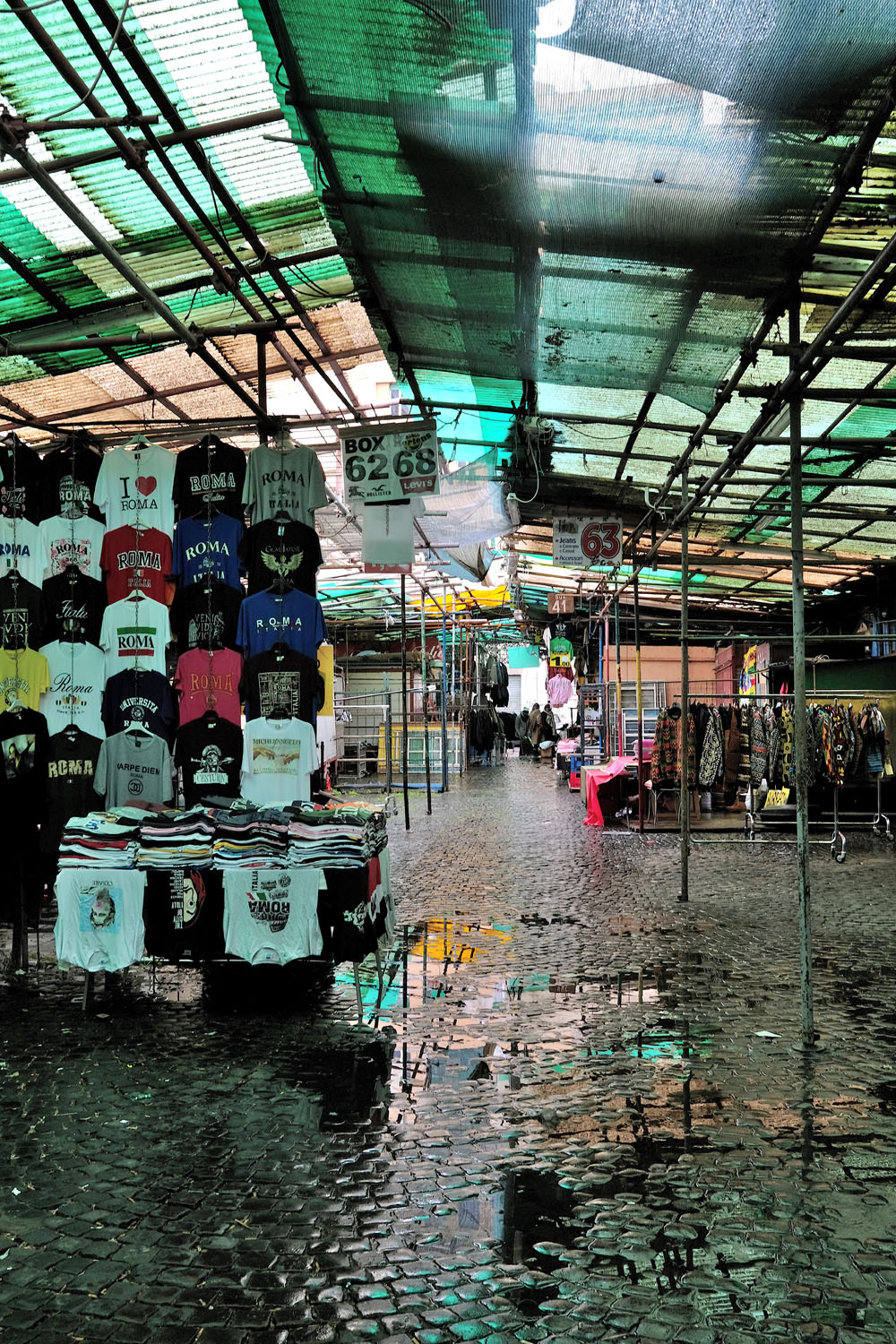
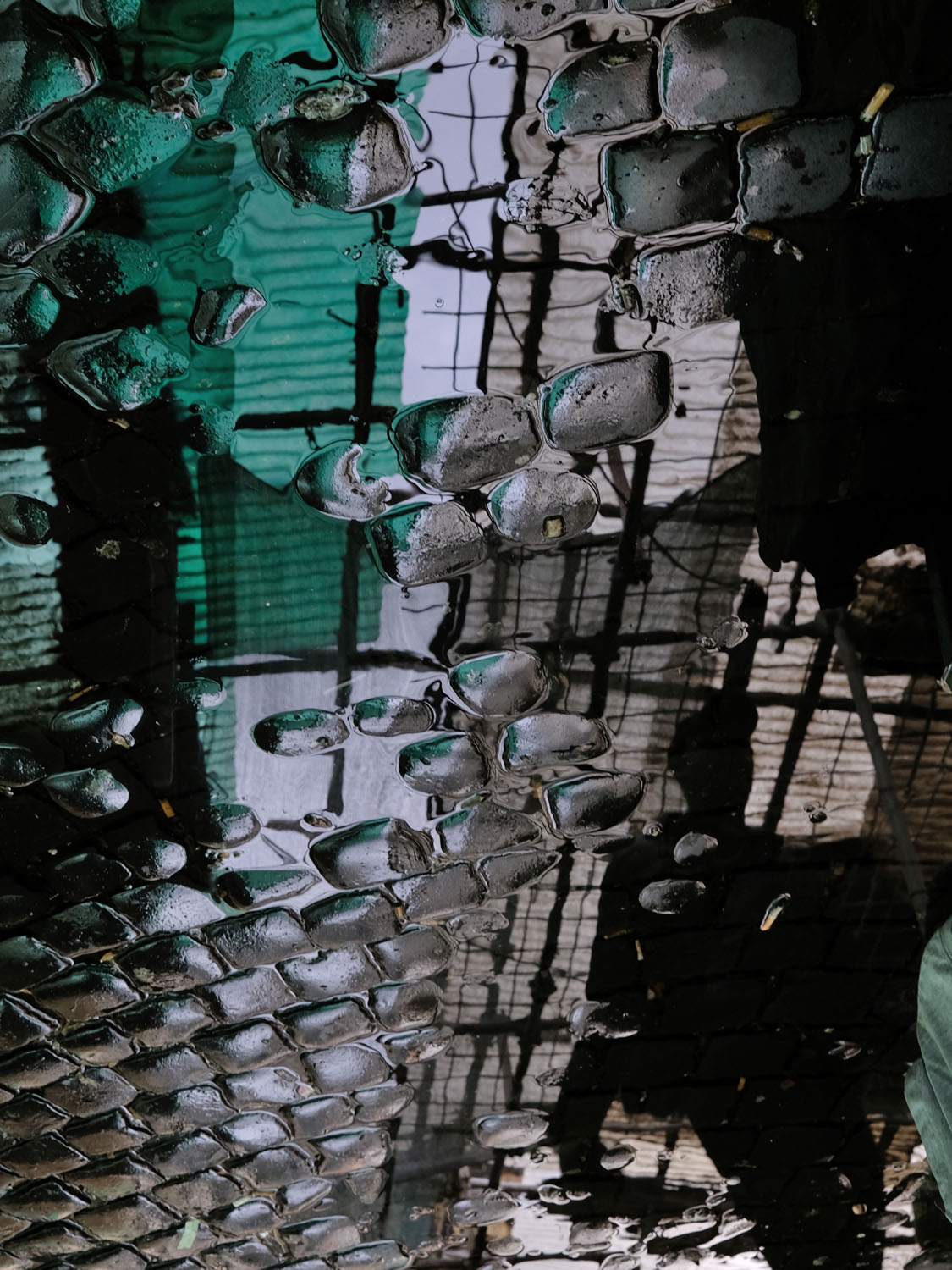
RIGHT: Fuji X100V . f/5.6 . 1/60″ . ISO 640
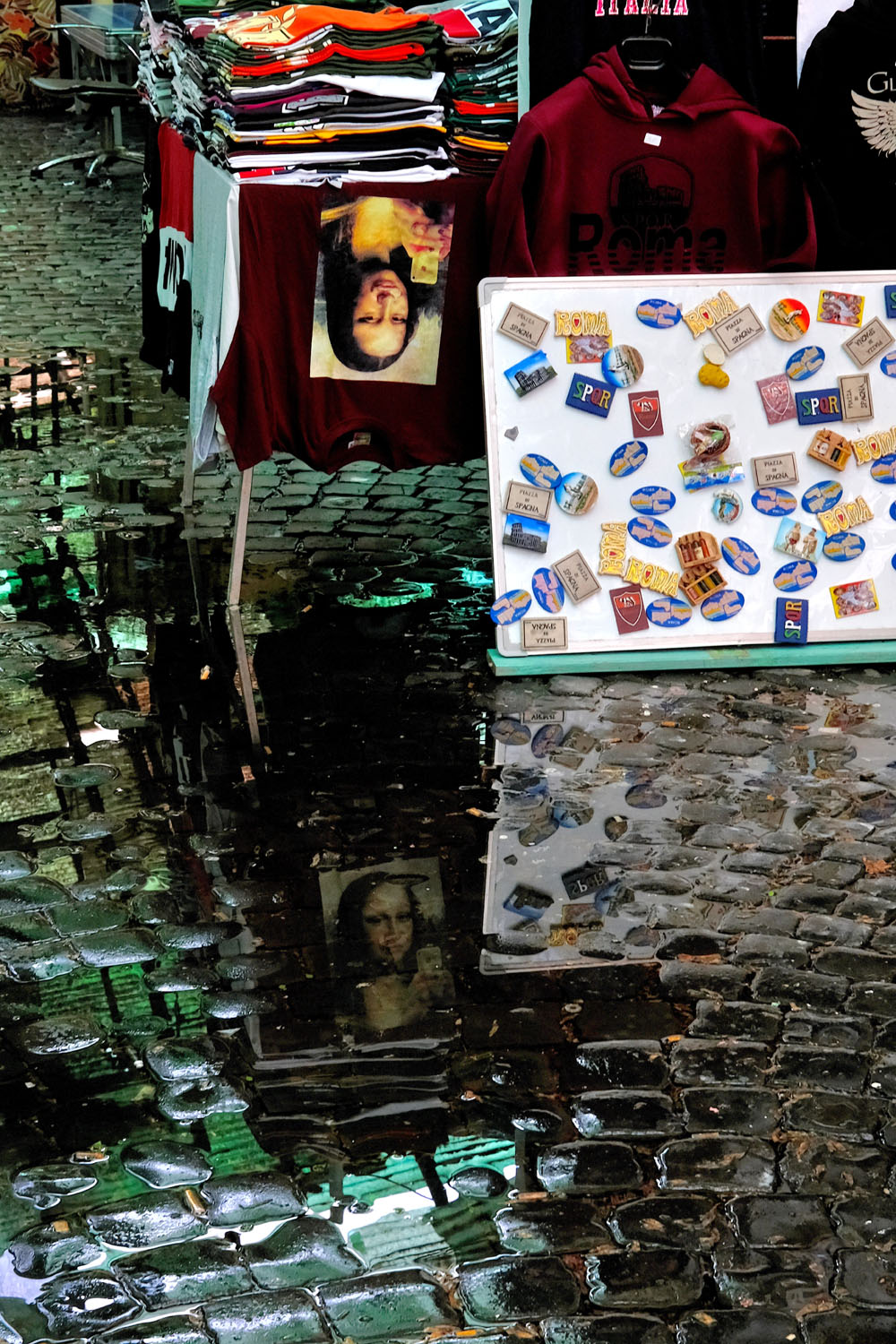
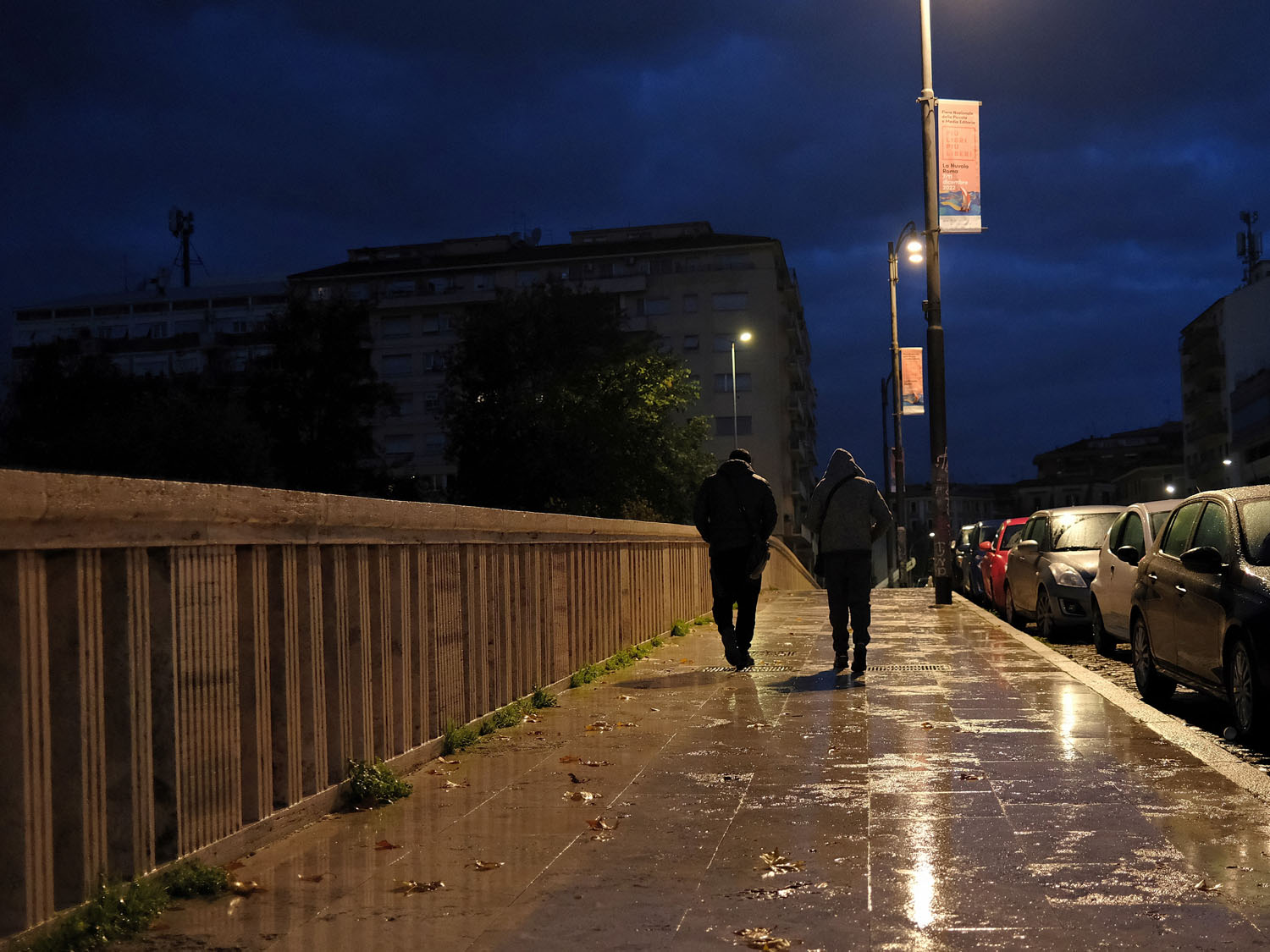
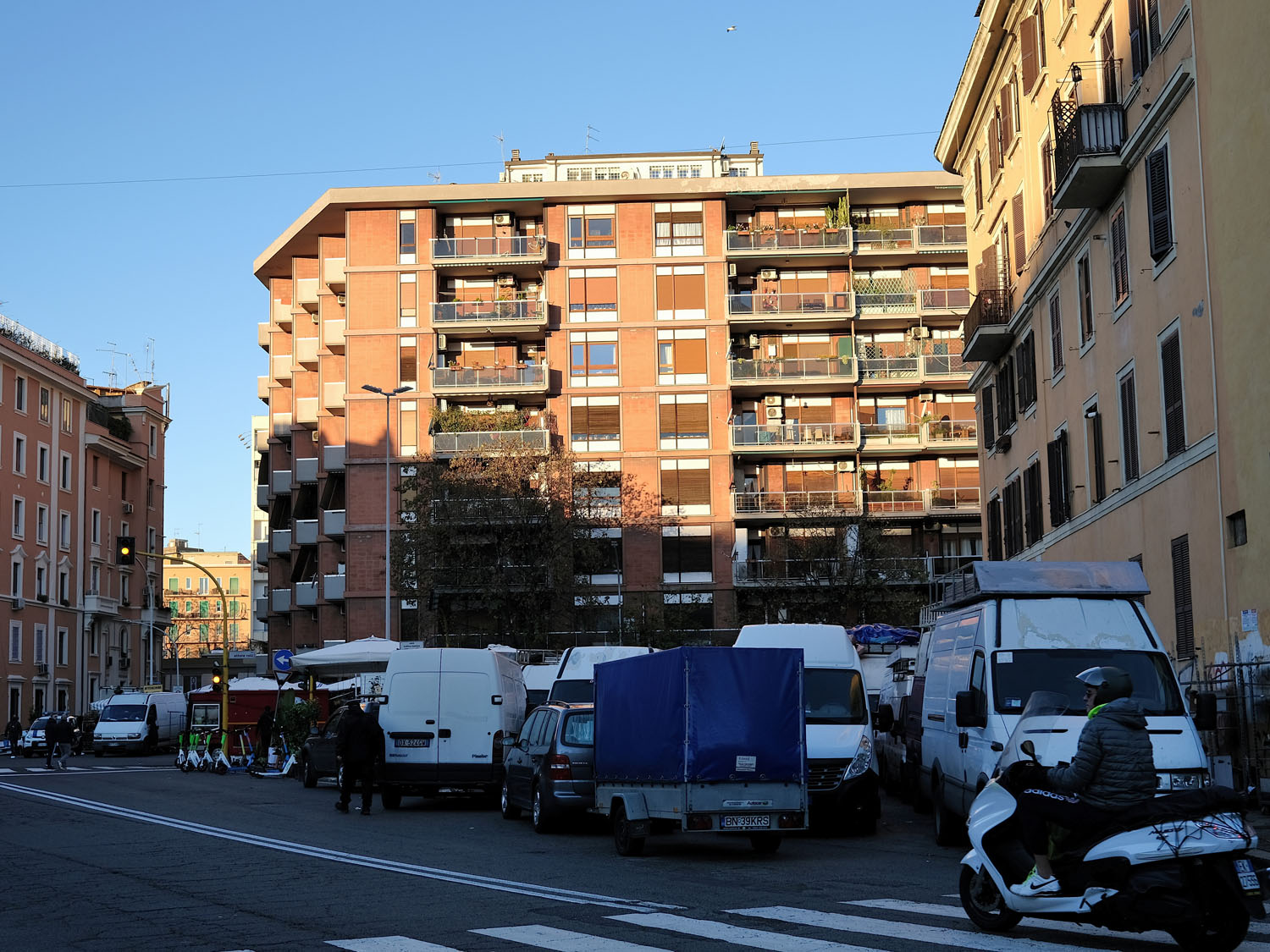
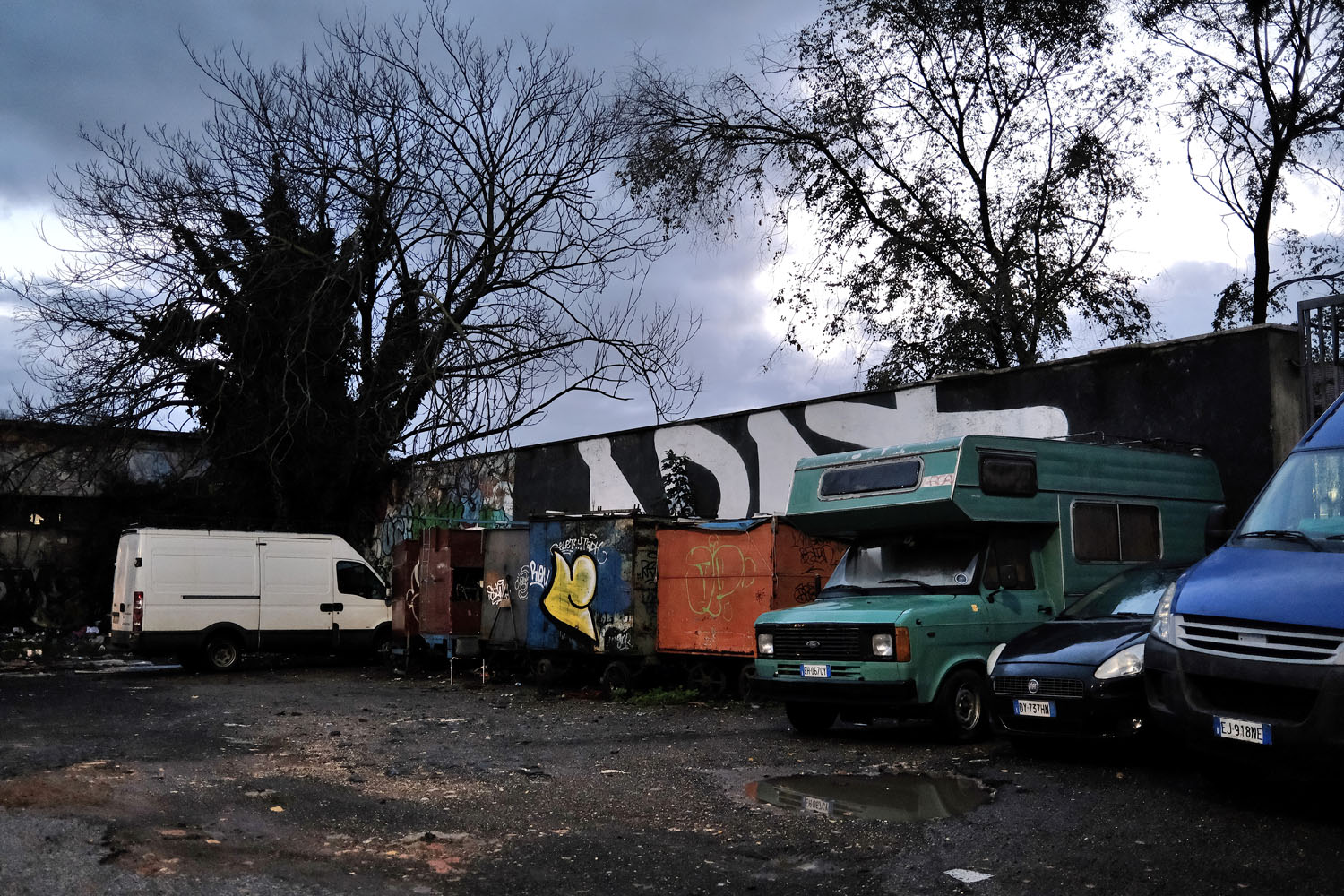
RIGHT: Fuji X100V . f/2.0 . 1/125″ . ISO 3200
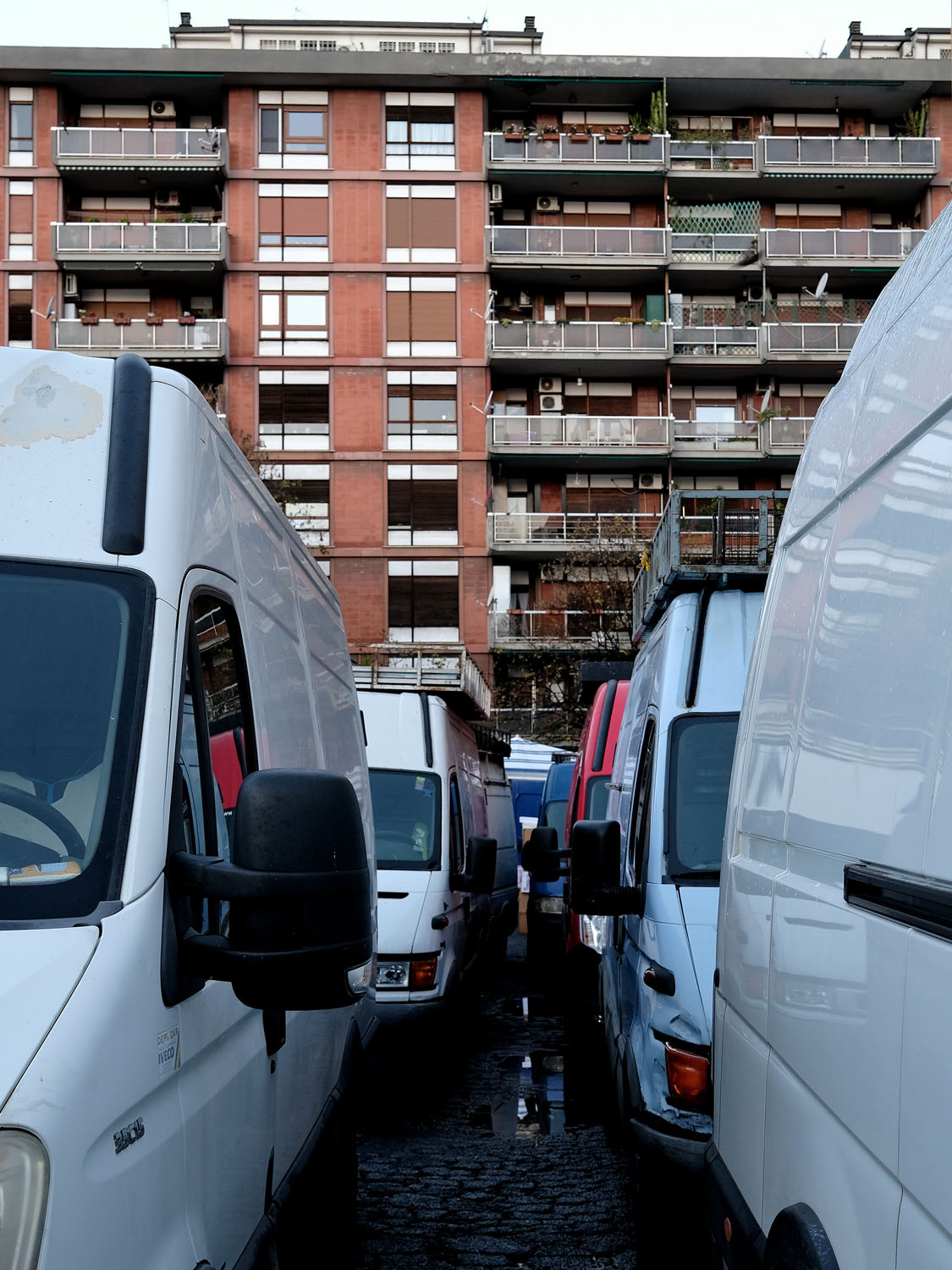
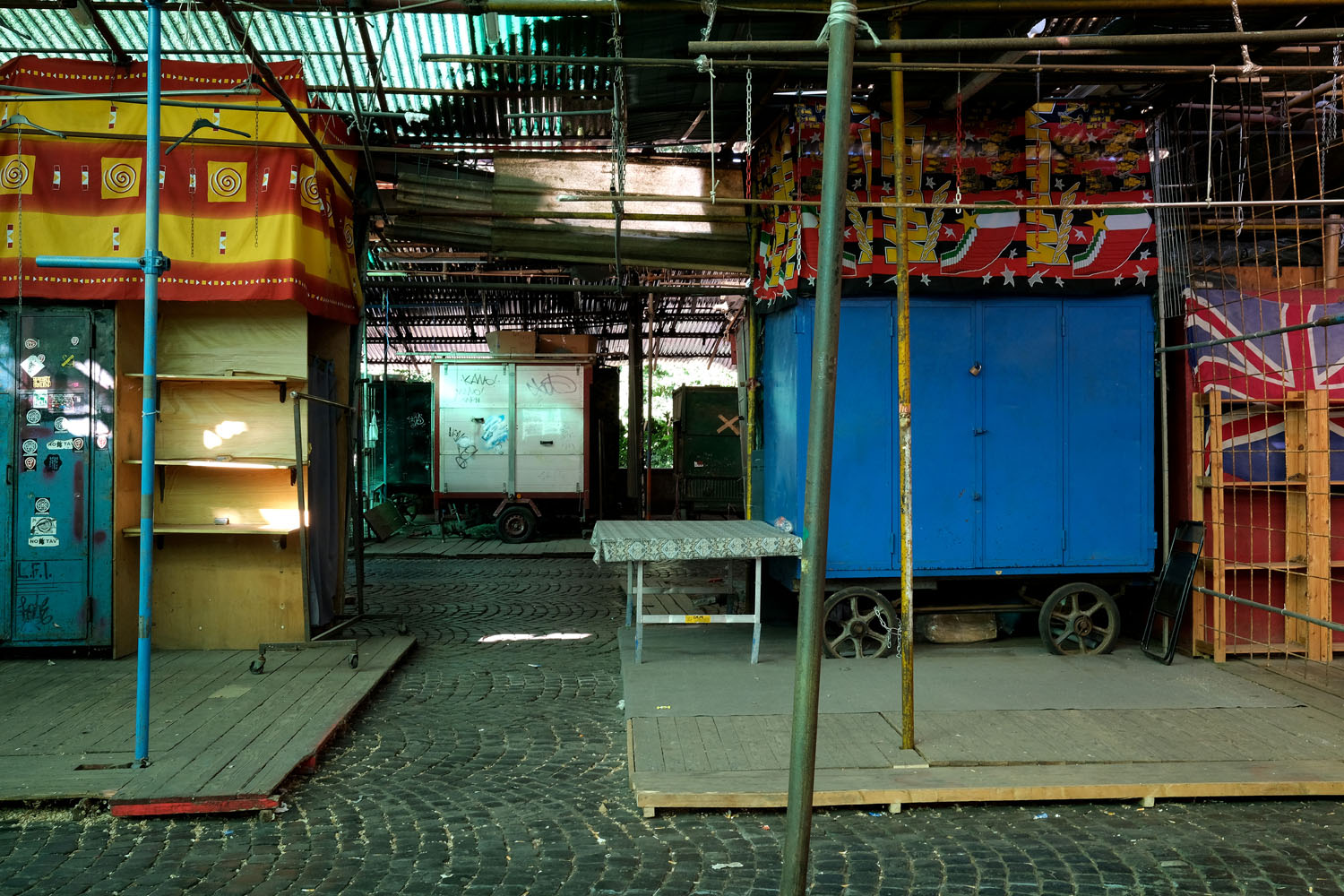
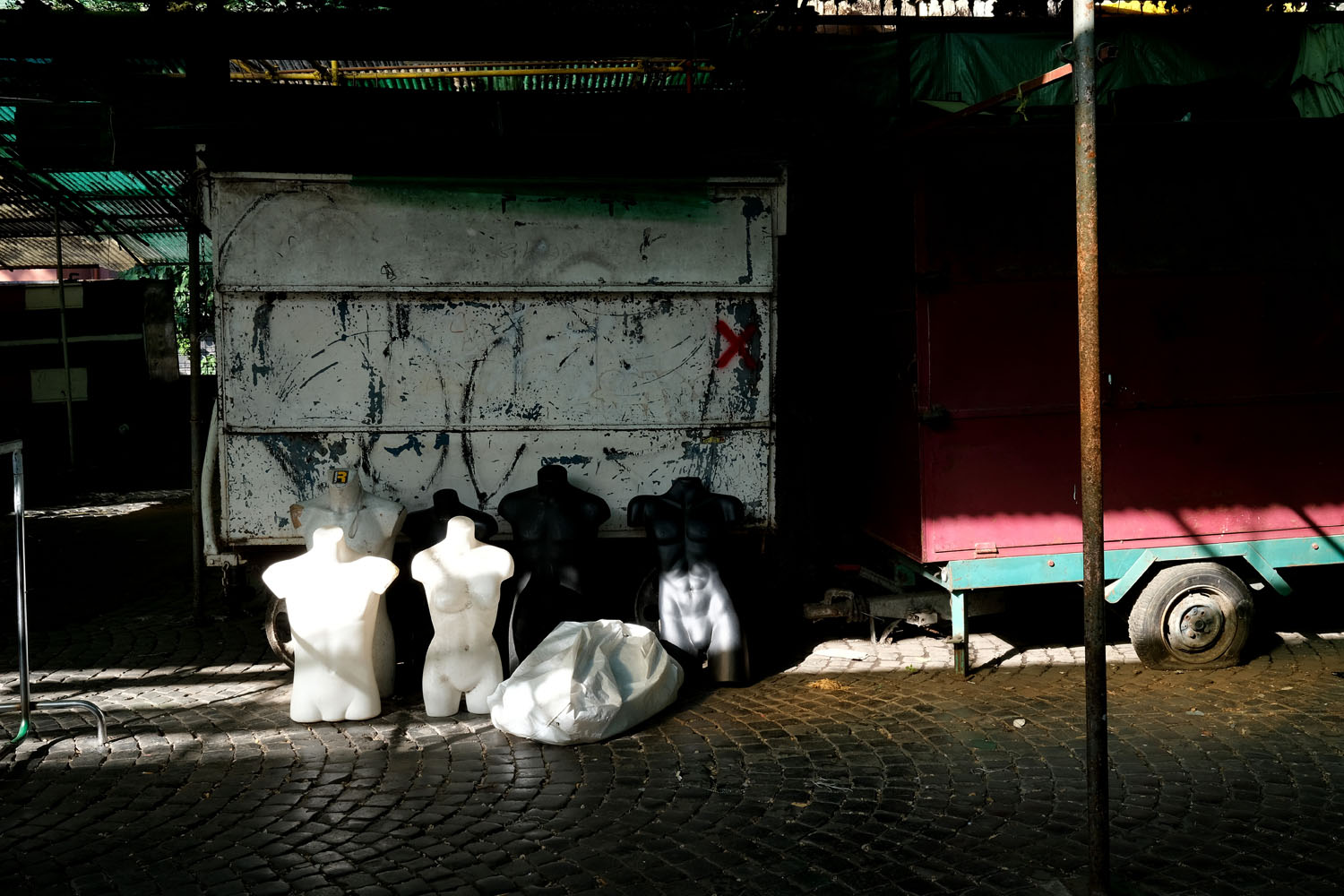
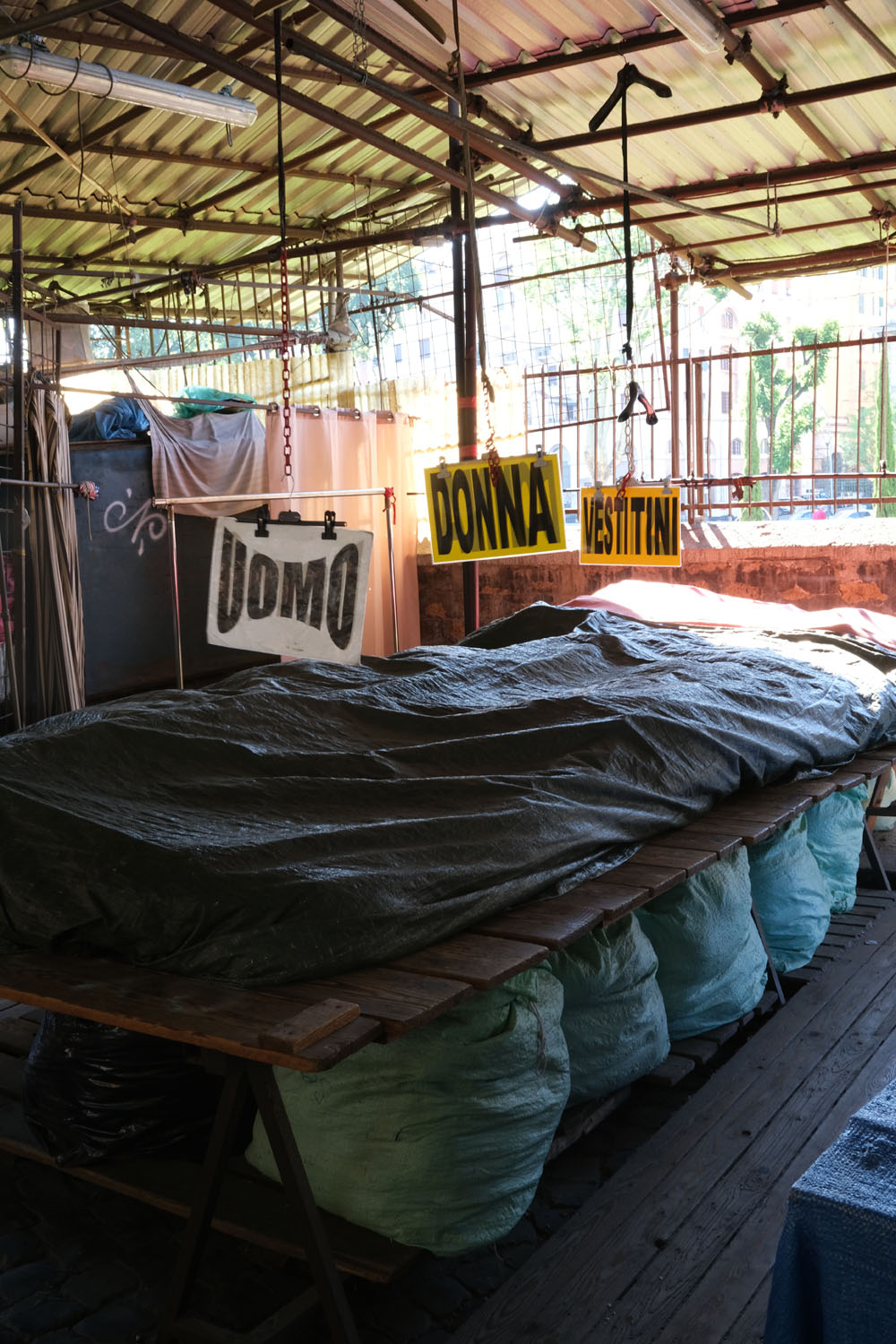
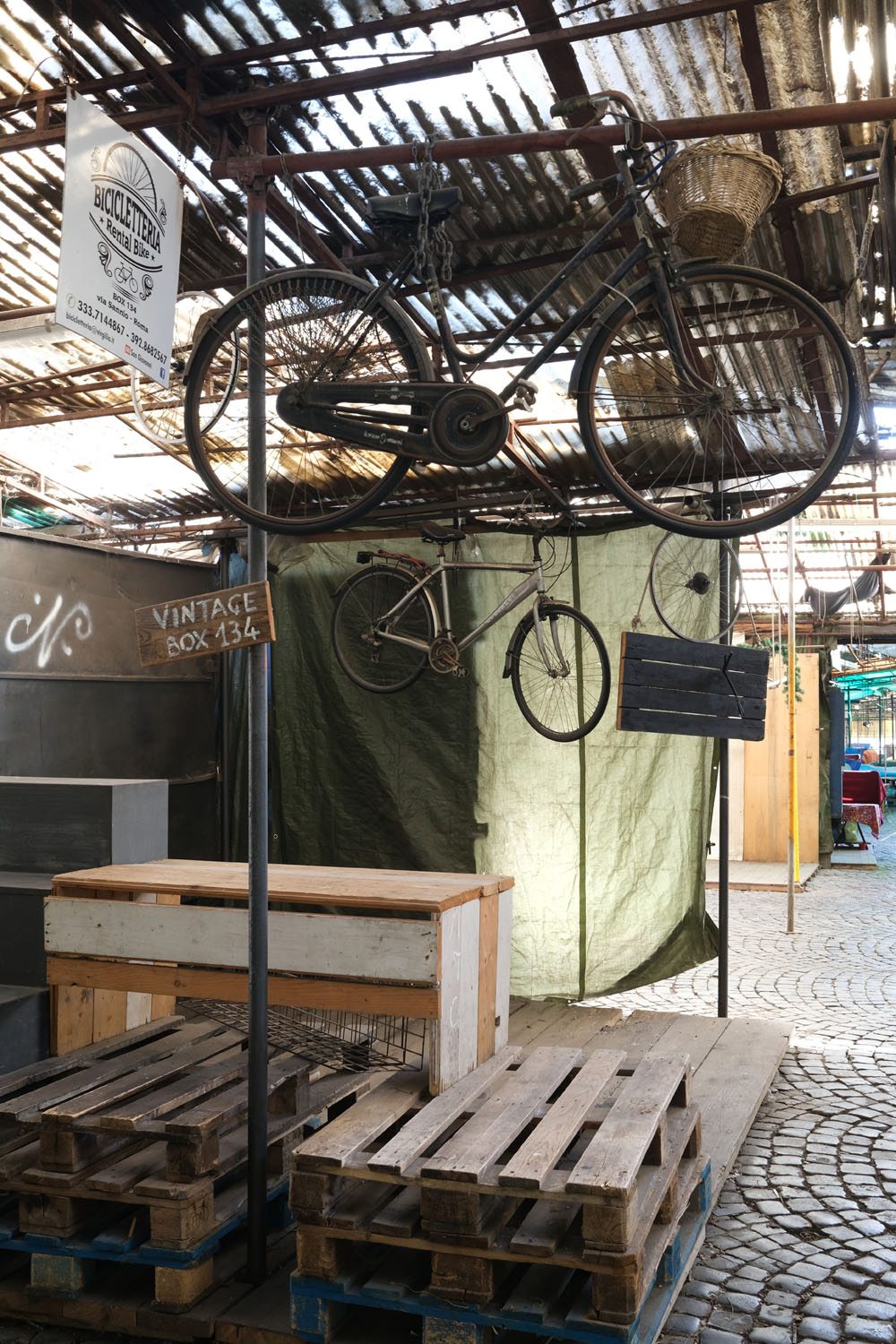
RIGHT: Fuji X100V . f/7.1 . 1/20″ . ISO 800
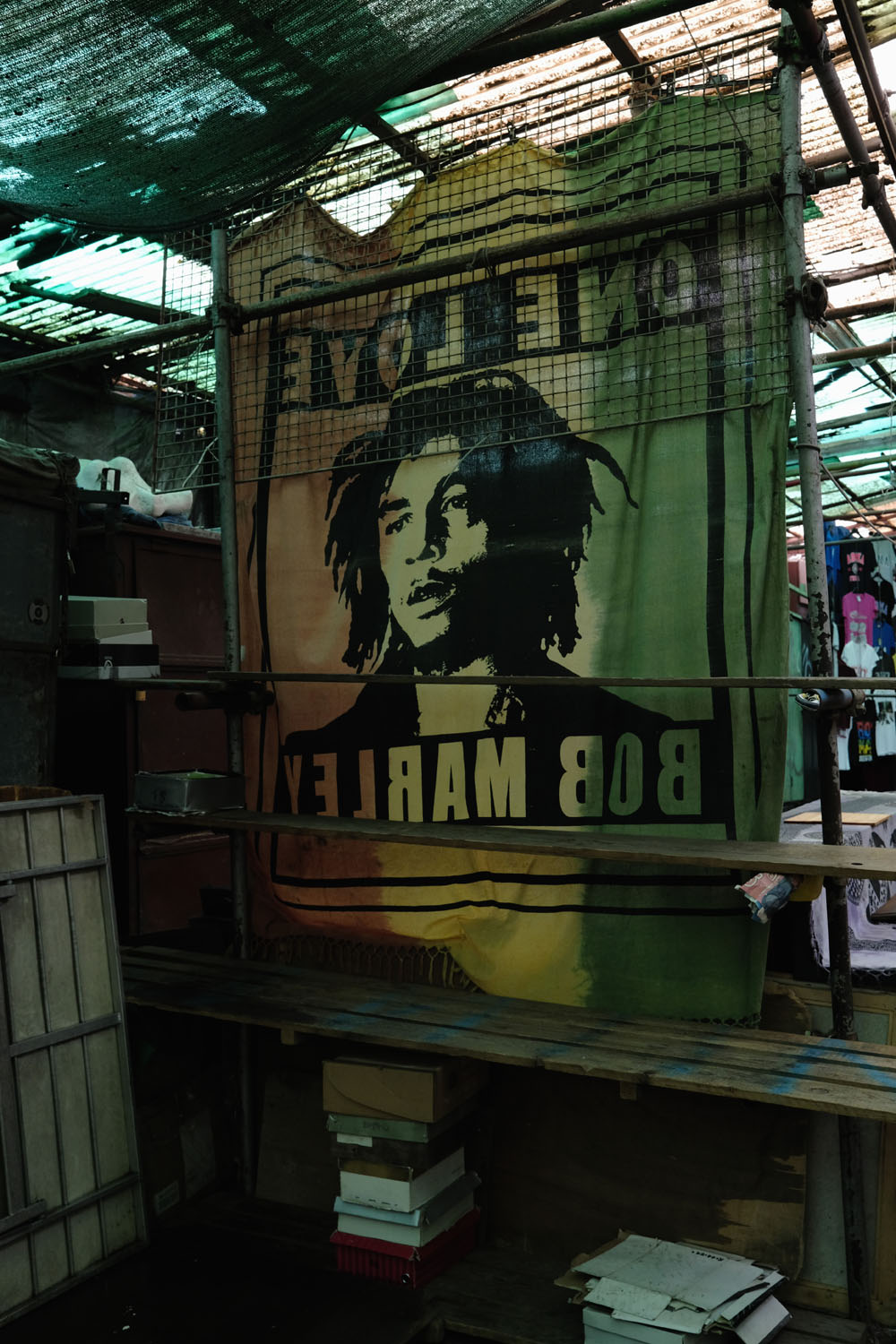
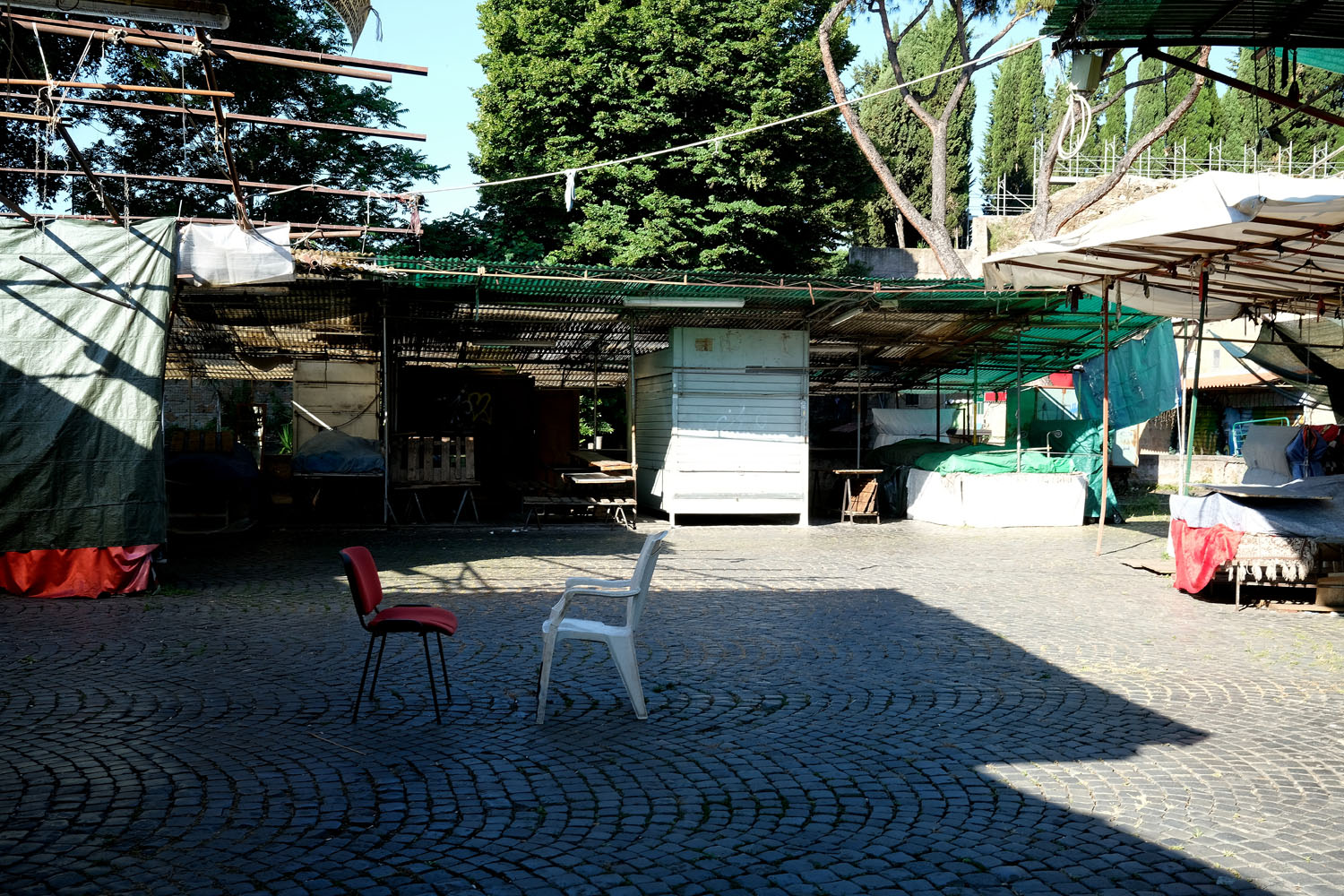
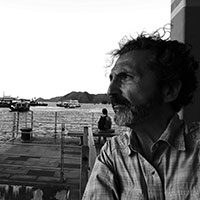
“Luciano is my name, I live in Italy, Rome where I born in 1966. Civil Engineer and Geographer as graduate, and photographer since childhood because my father loved it too, then he was my first teacher.”




